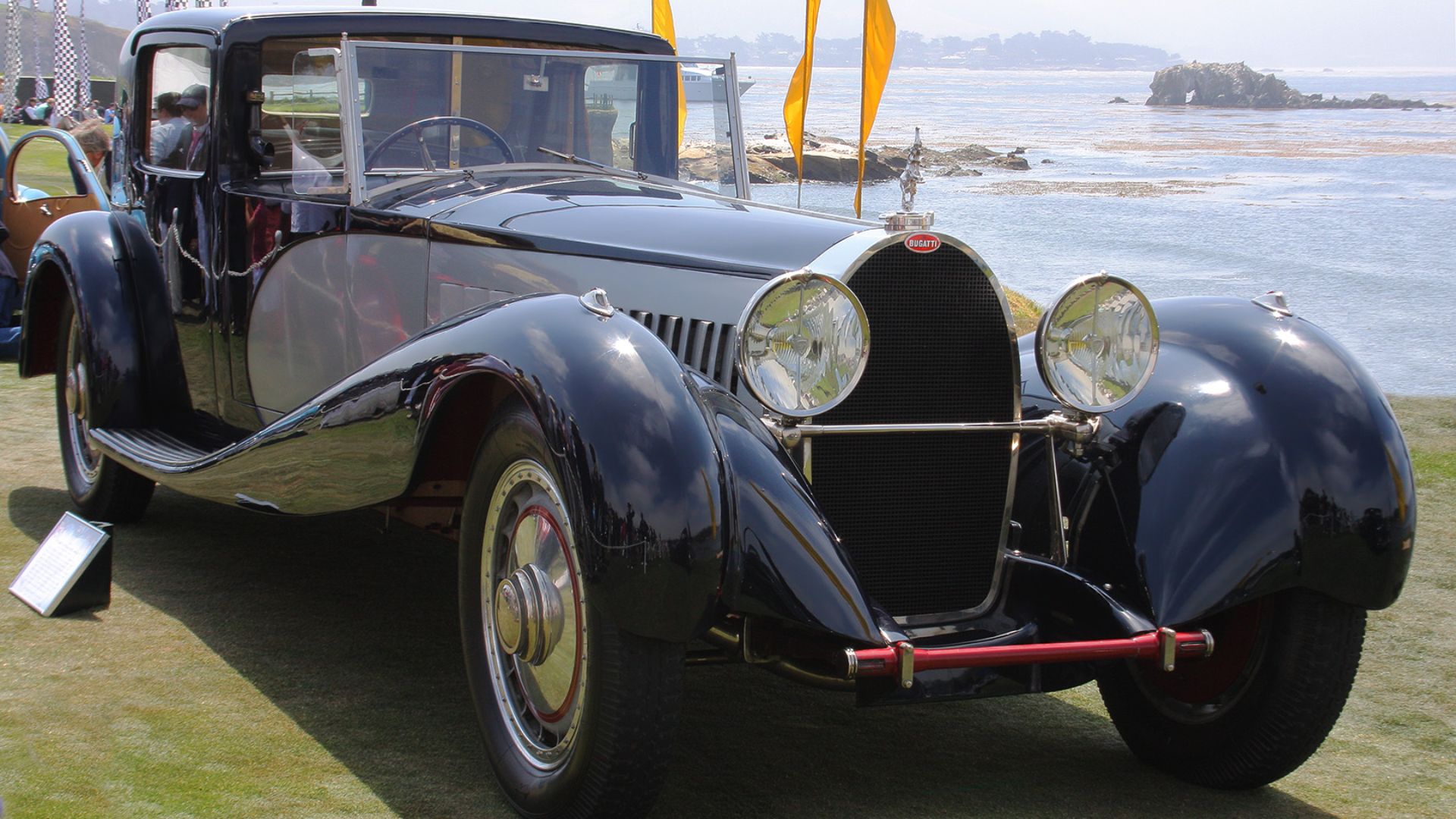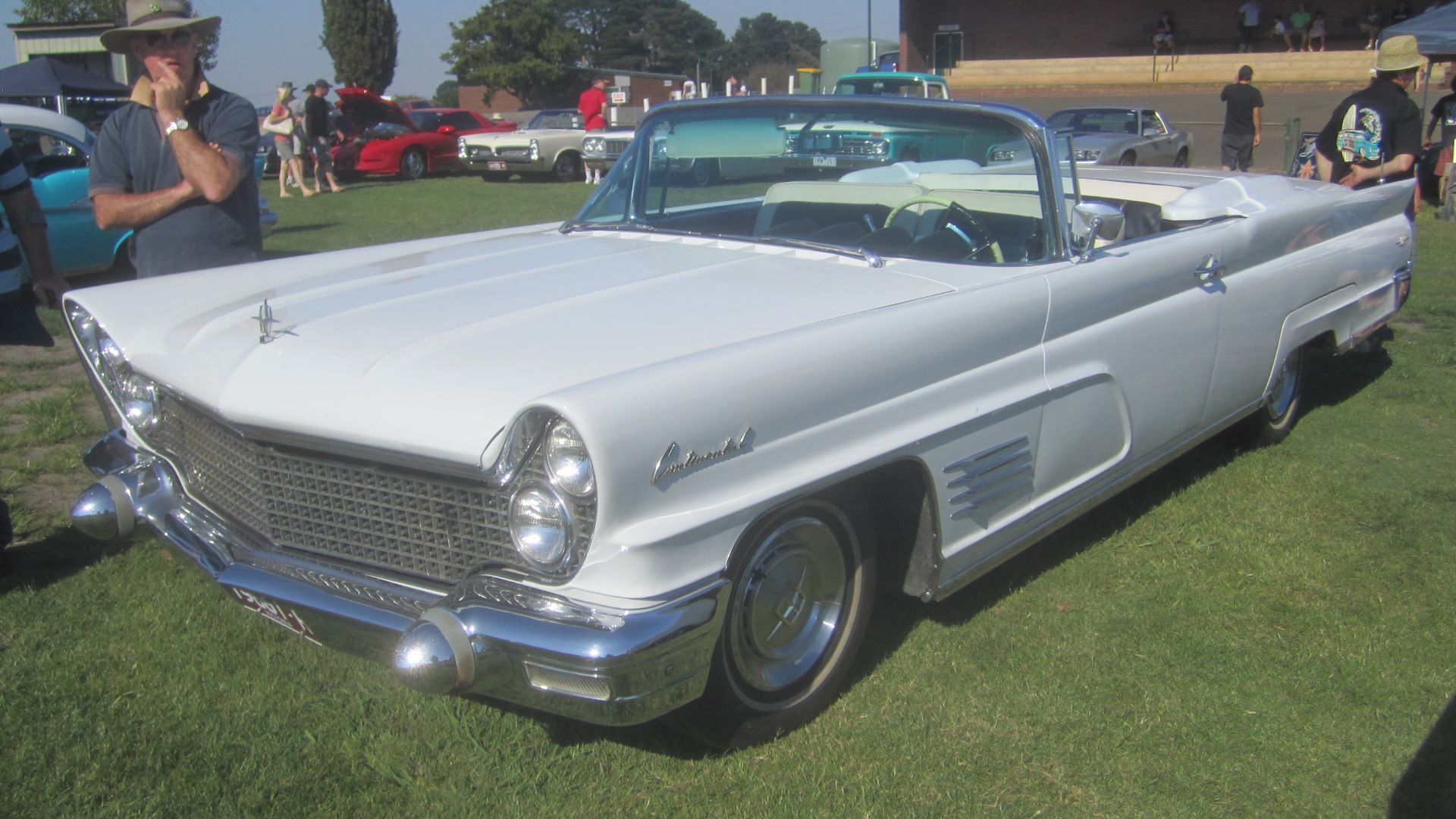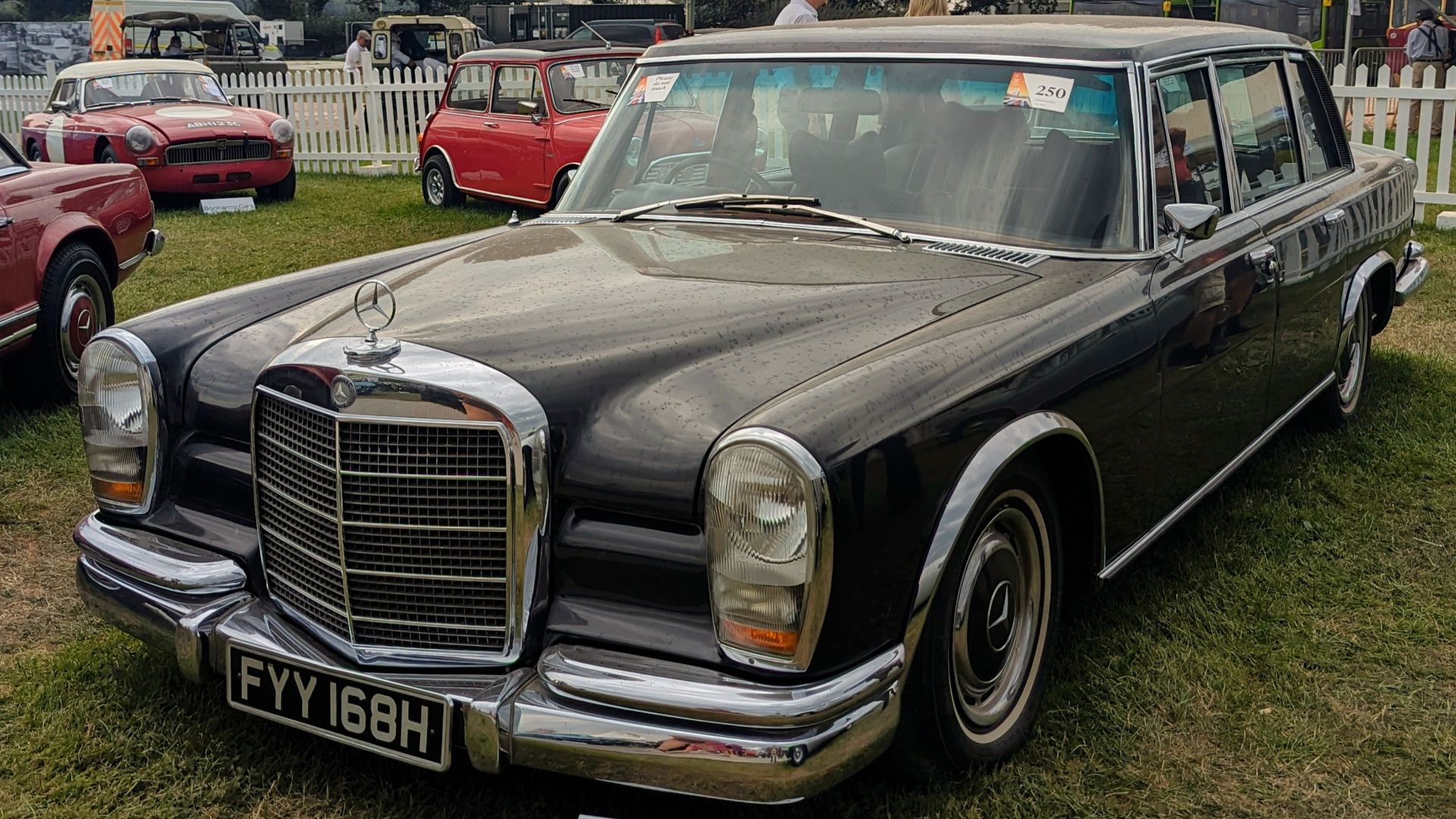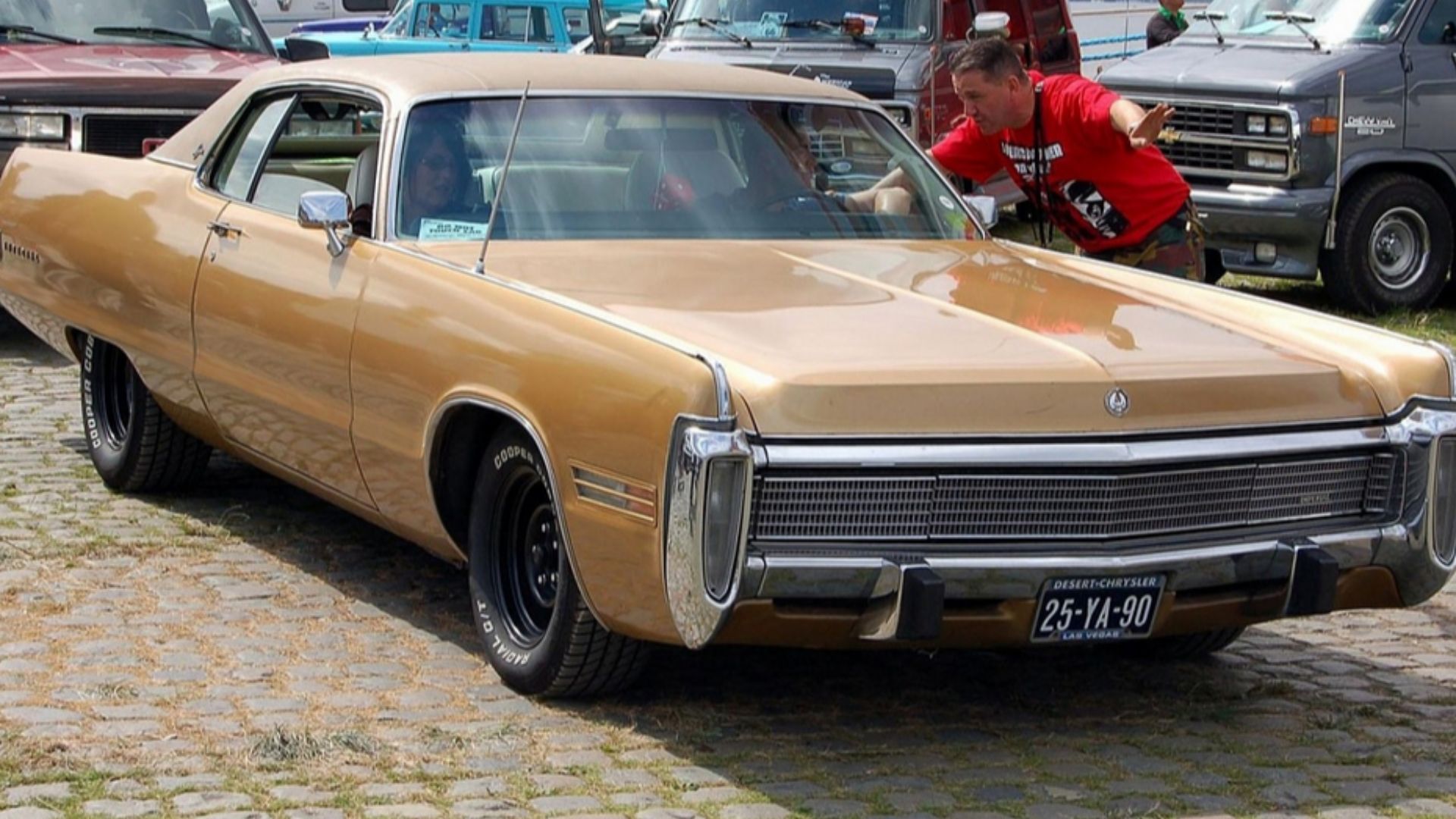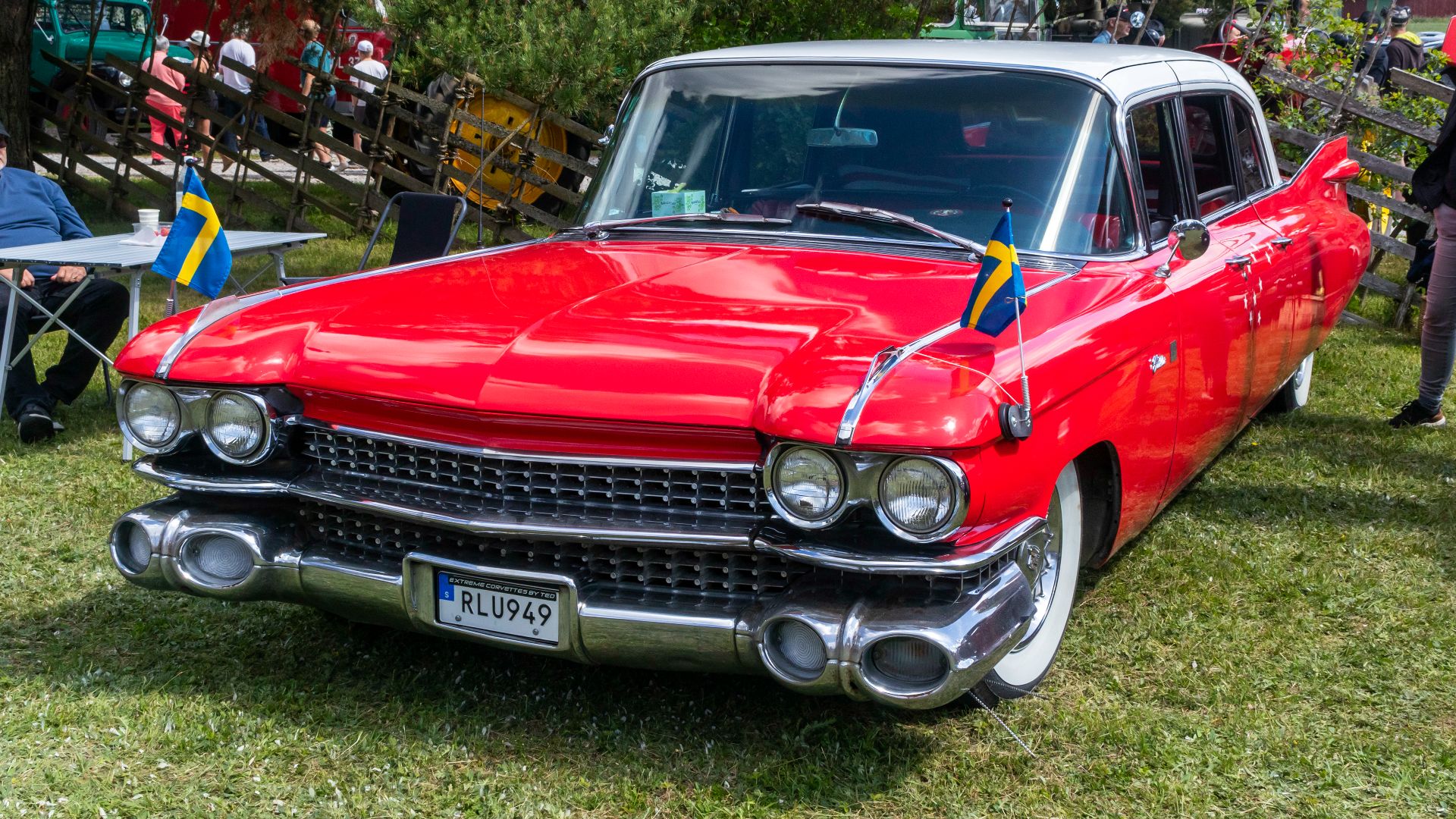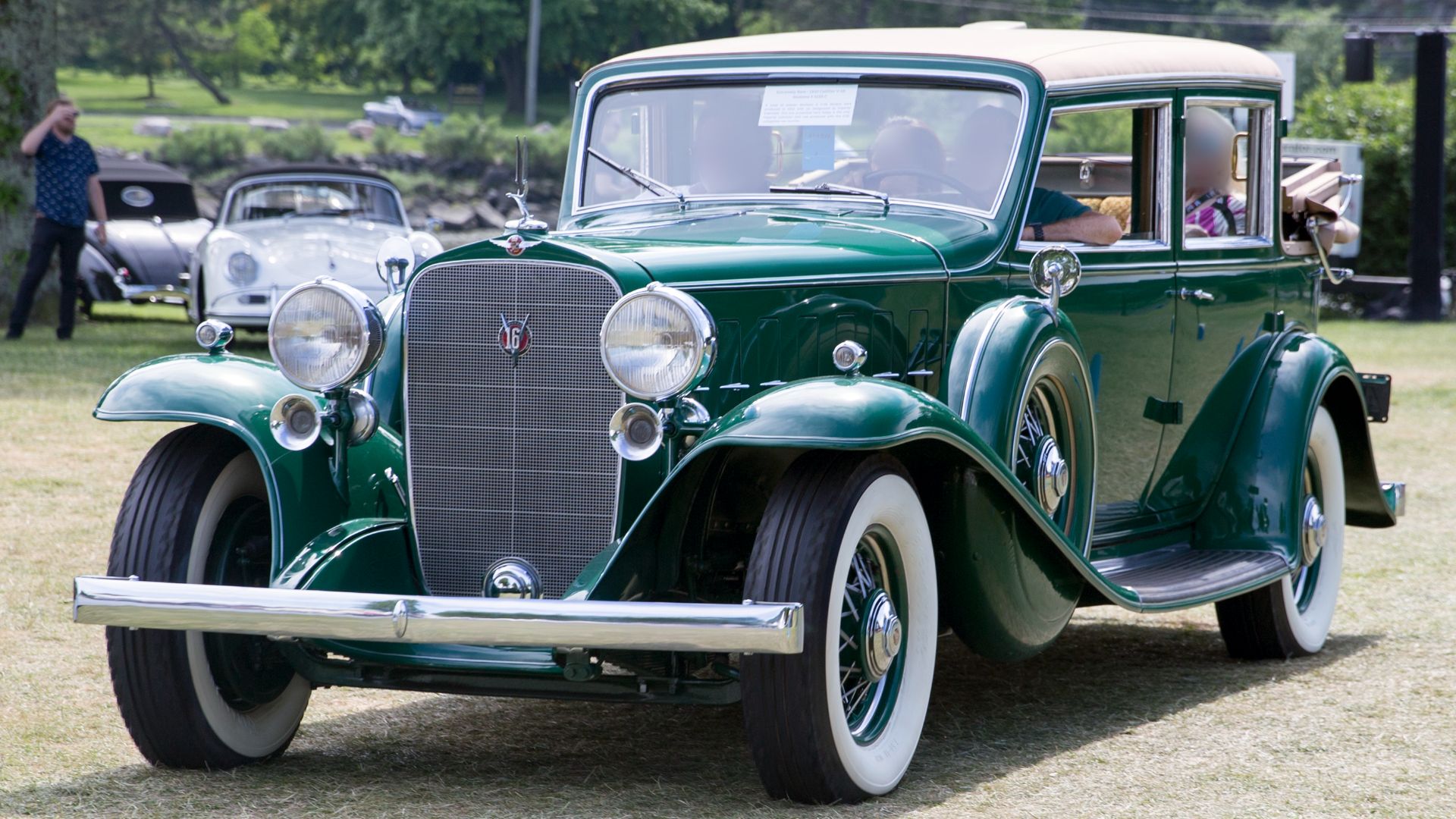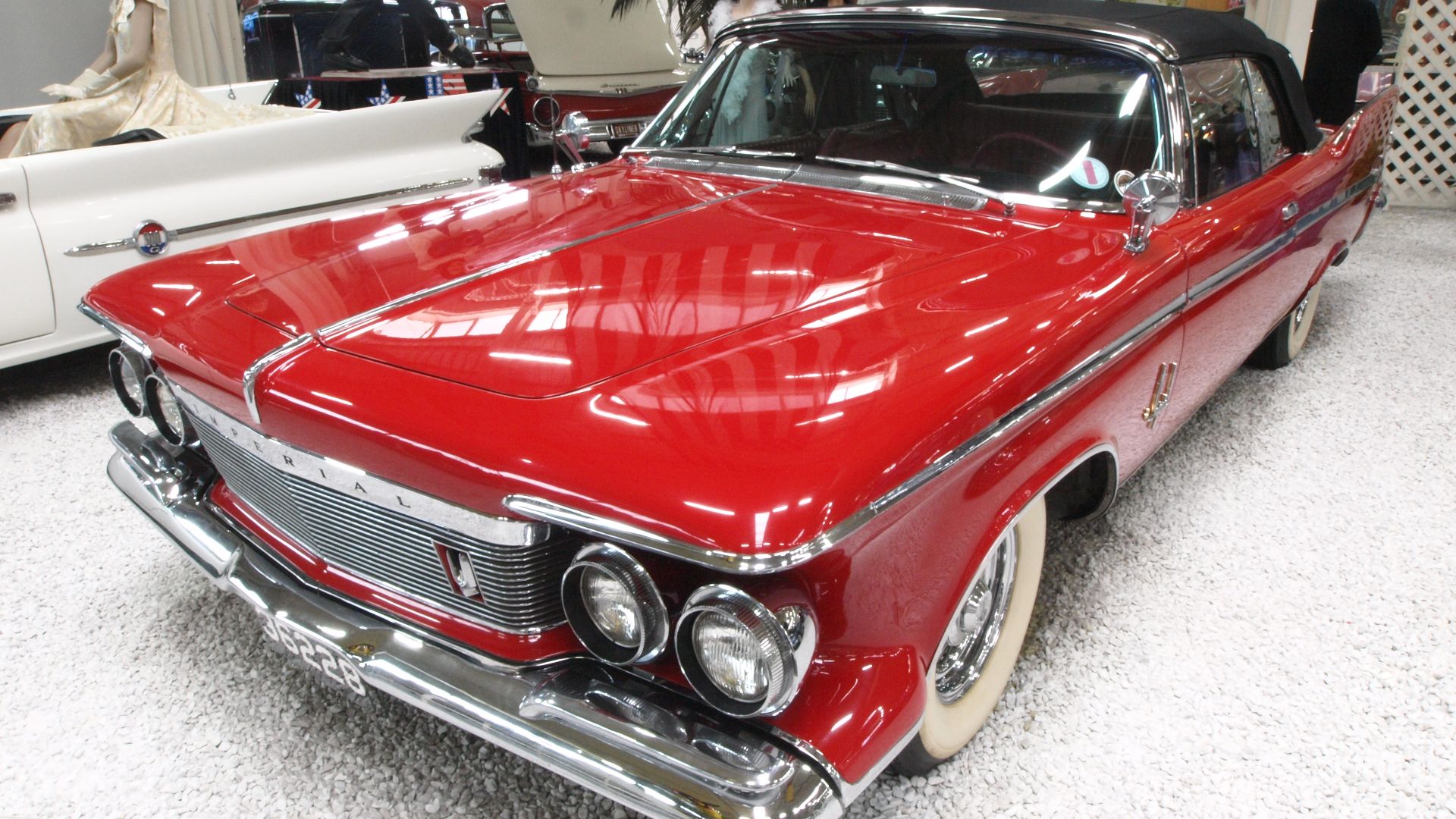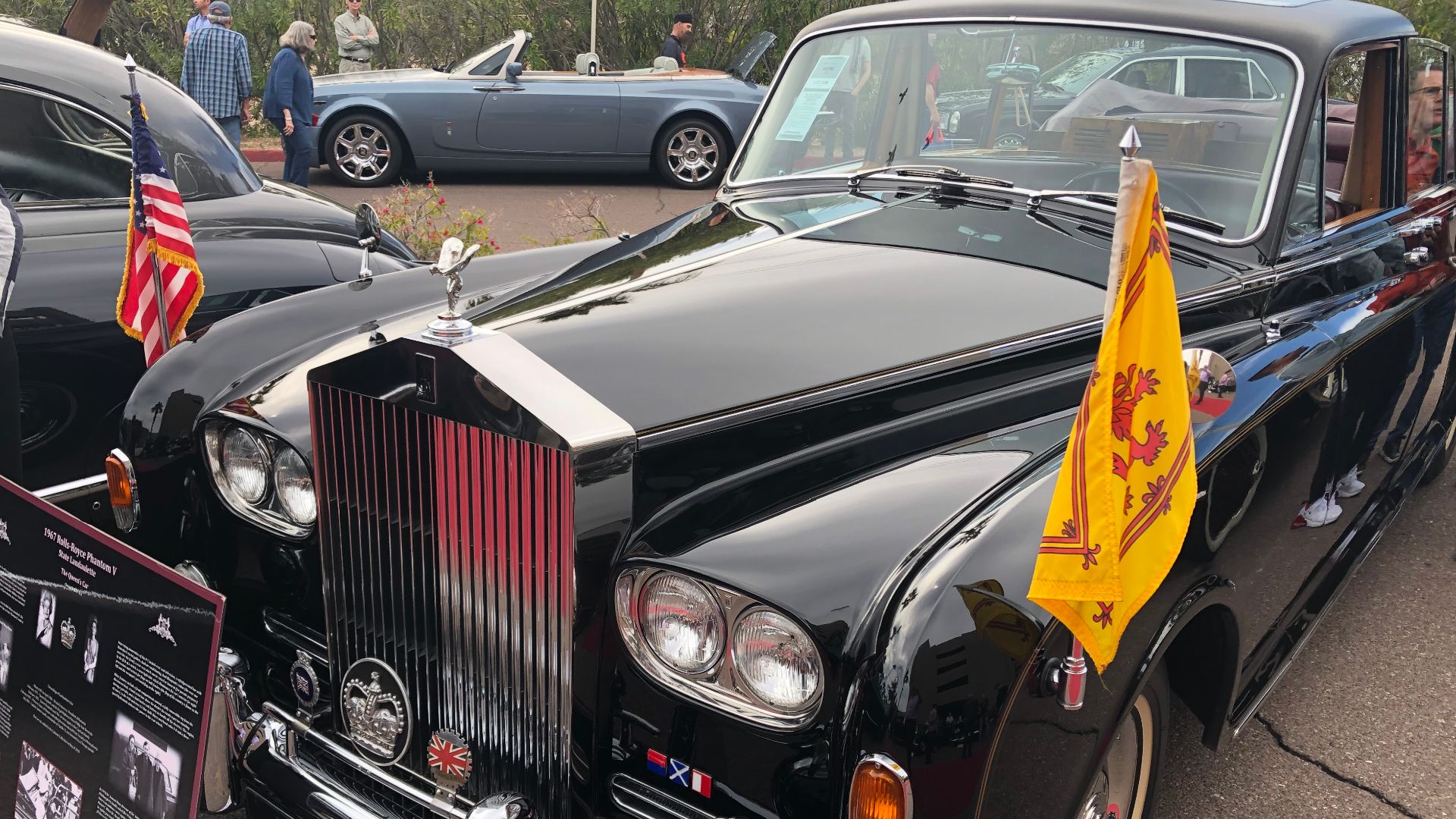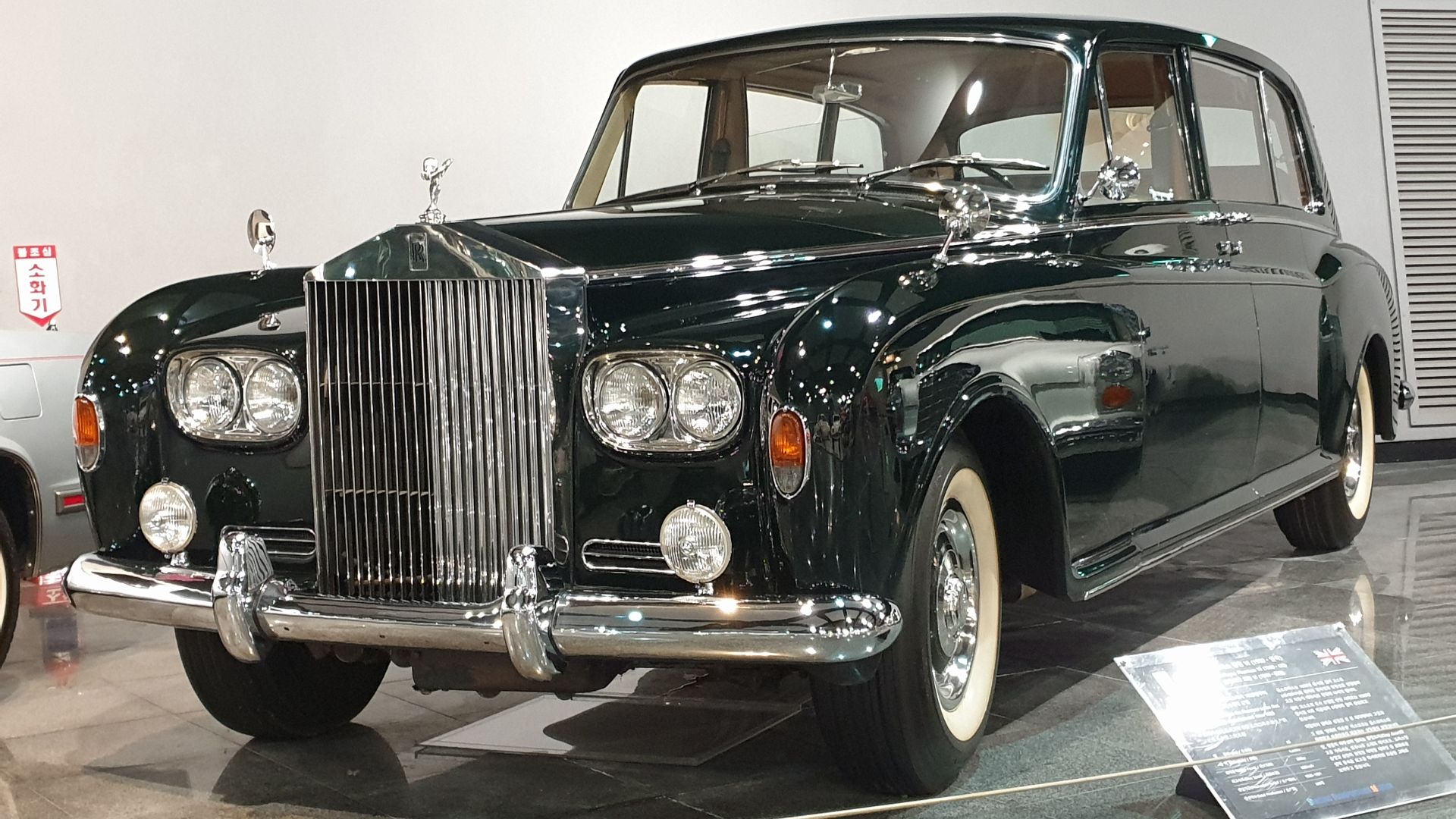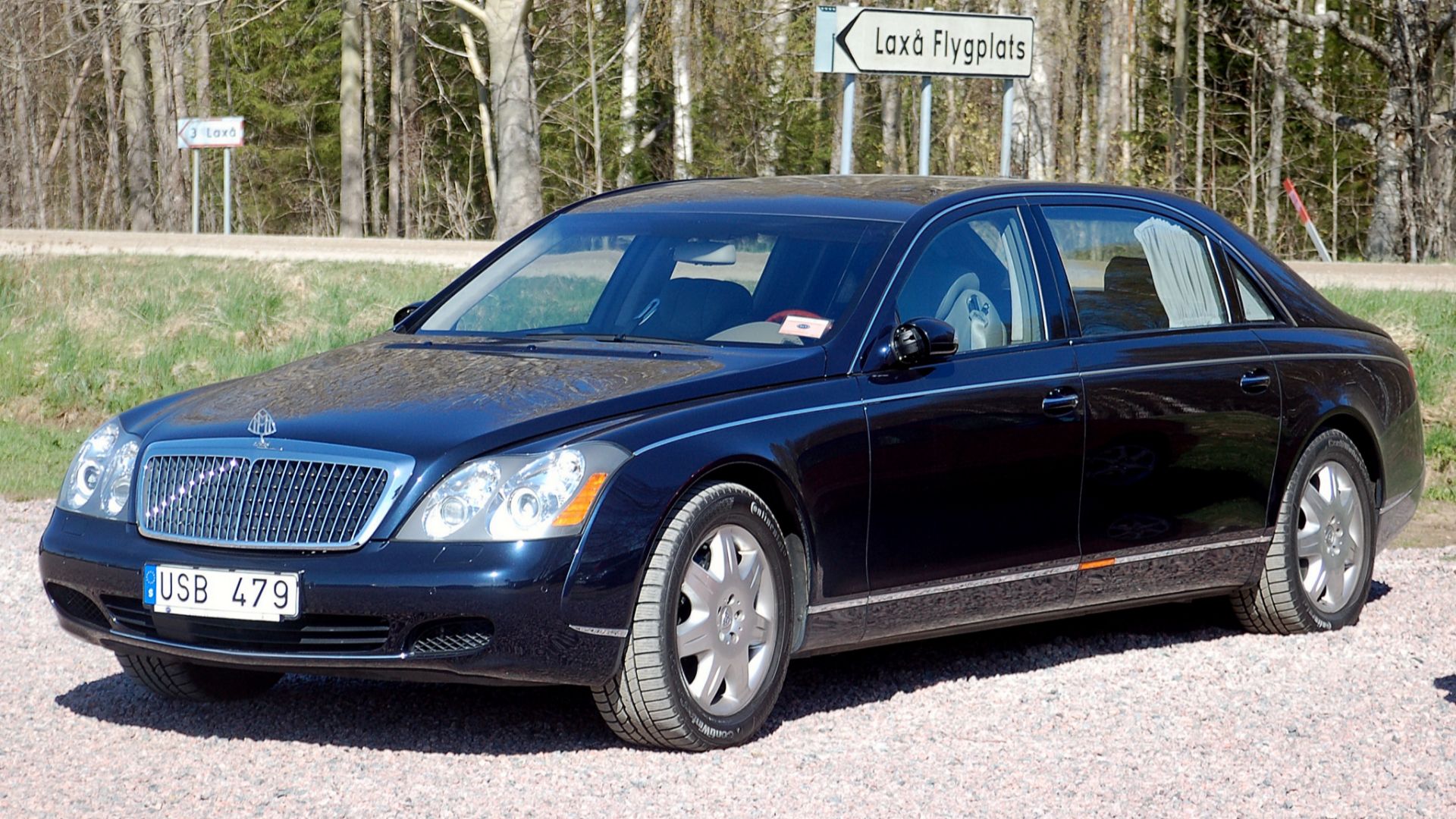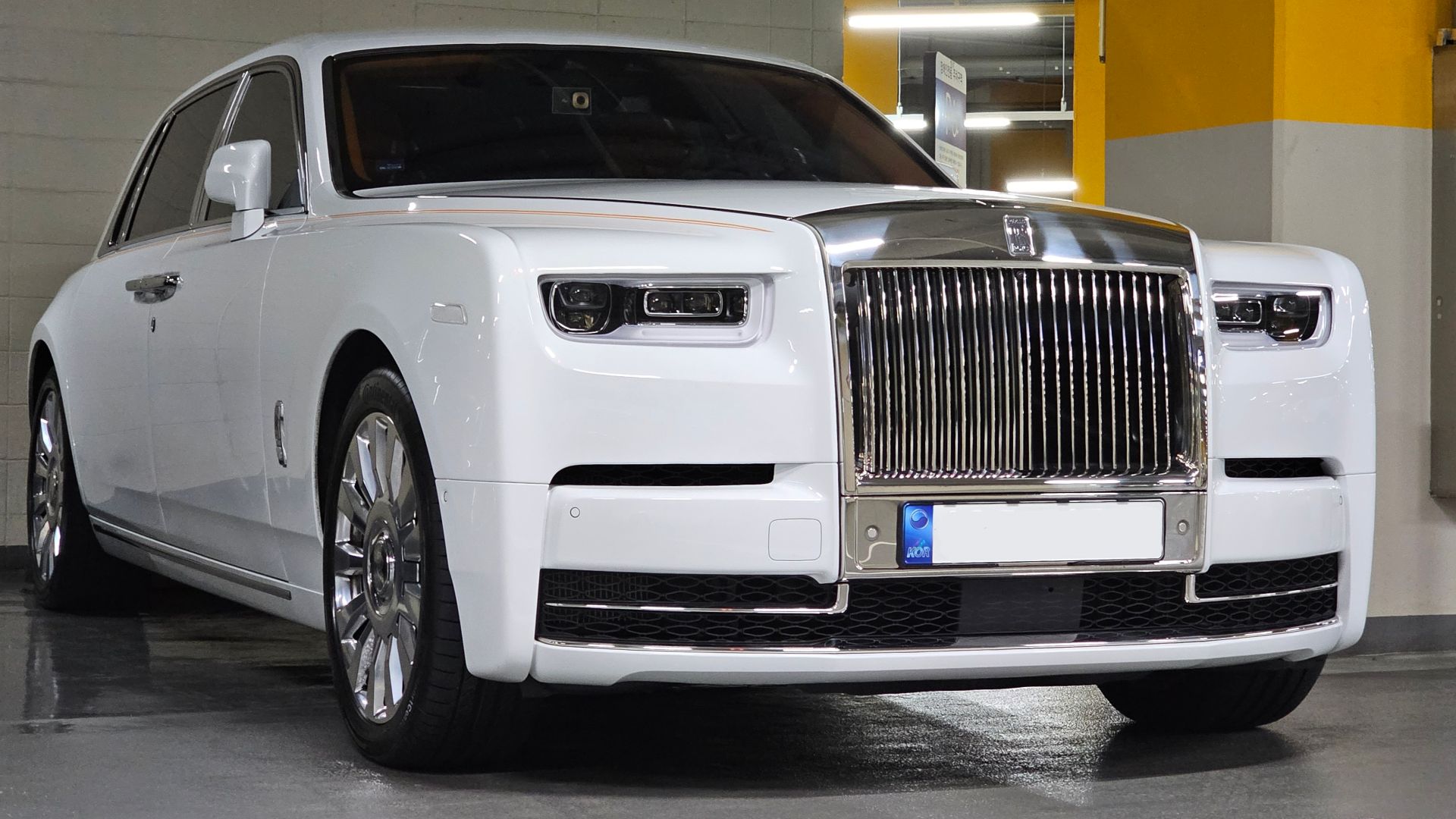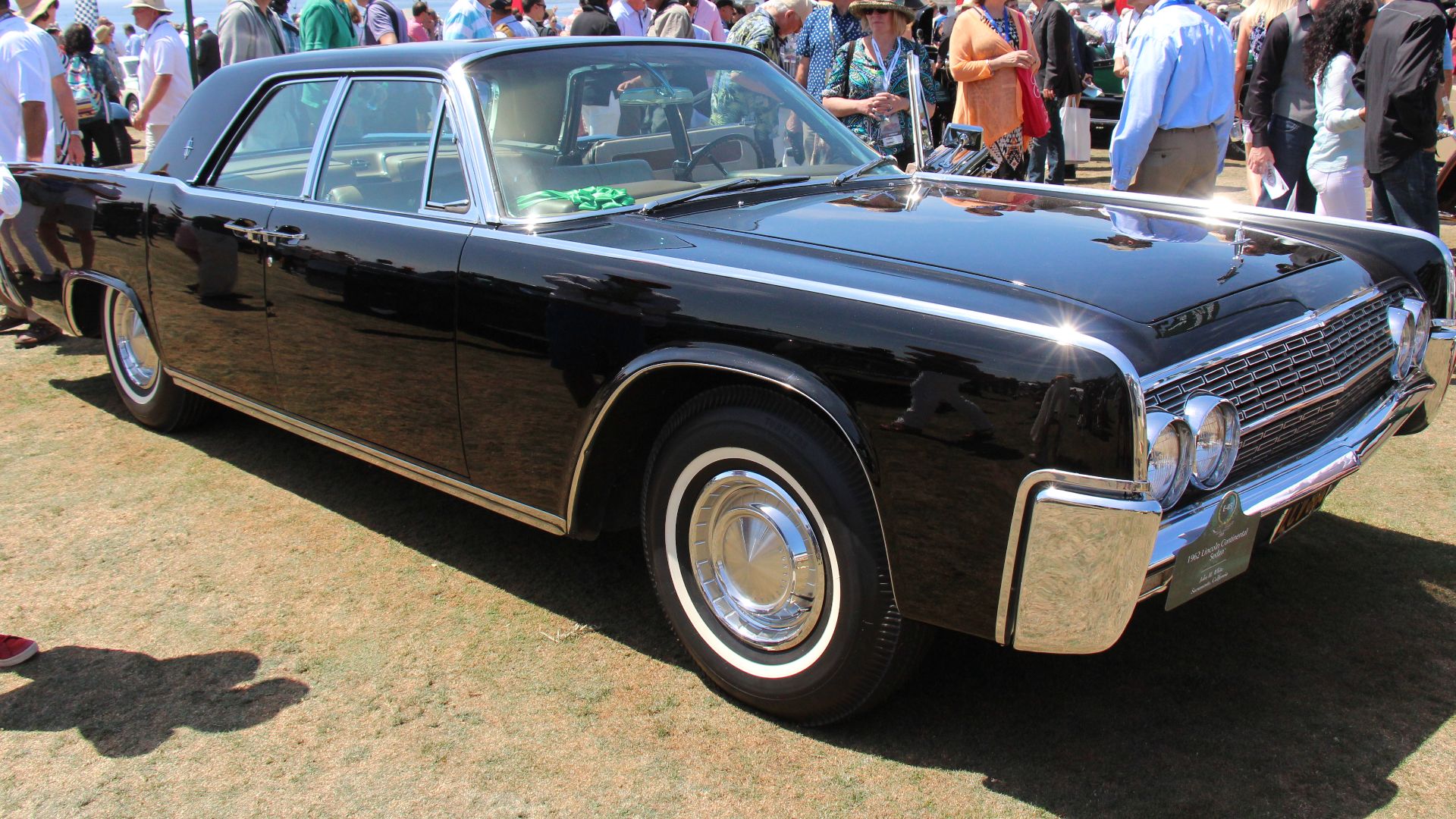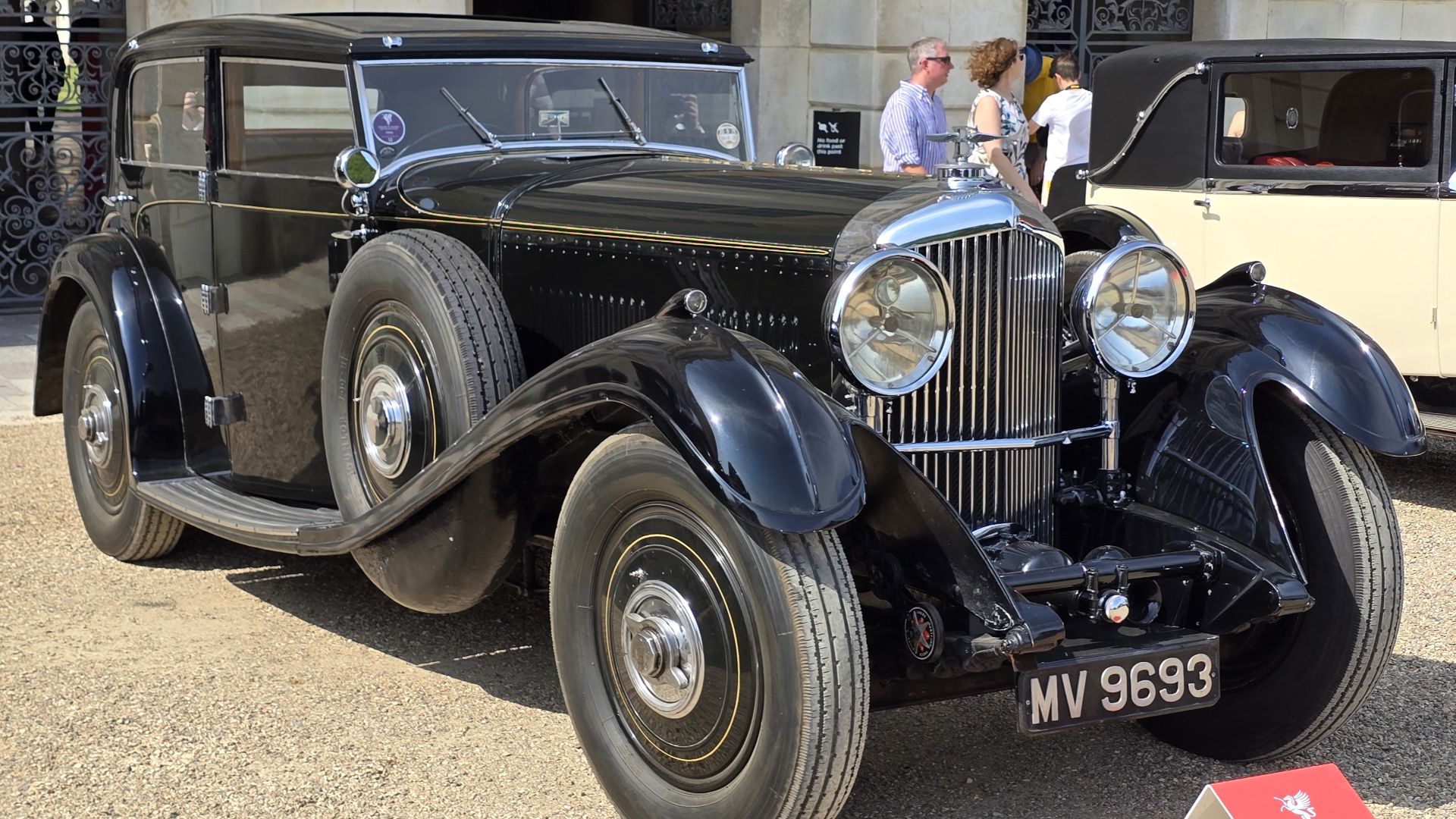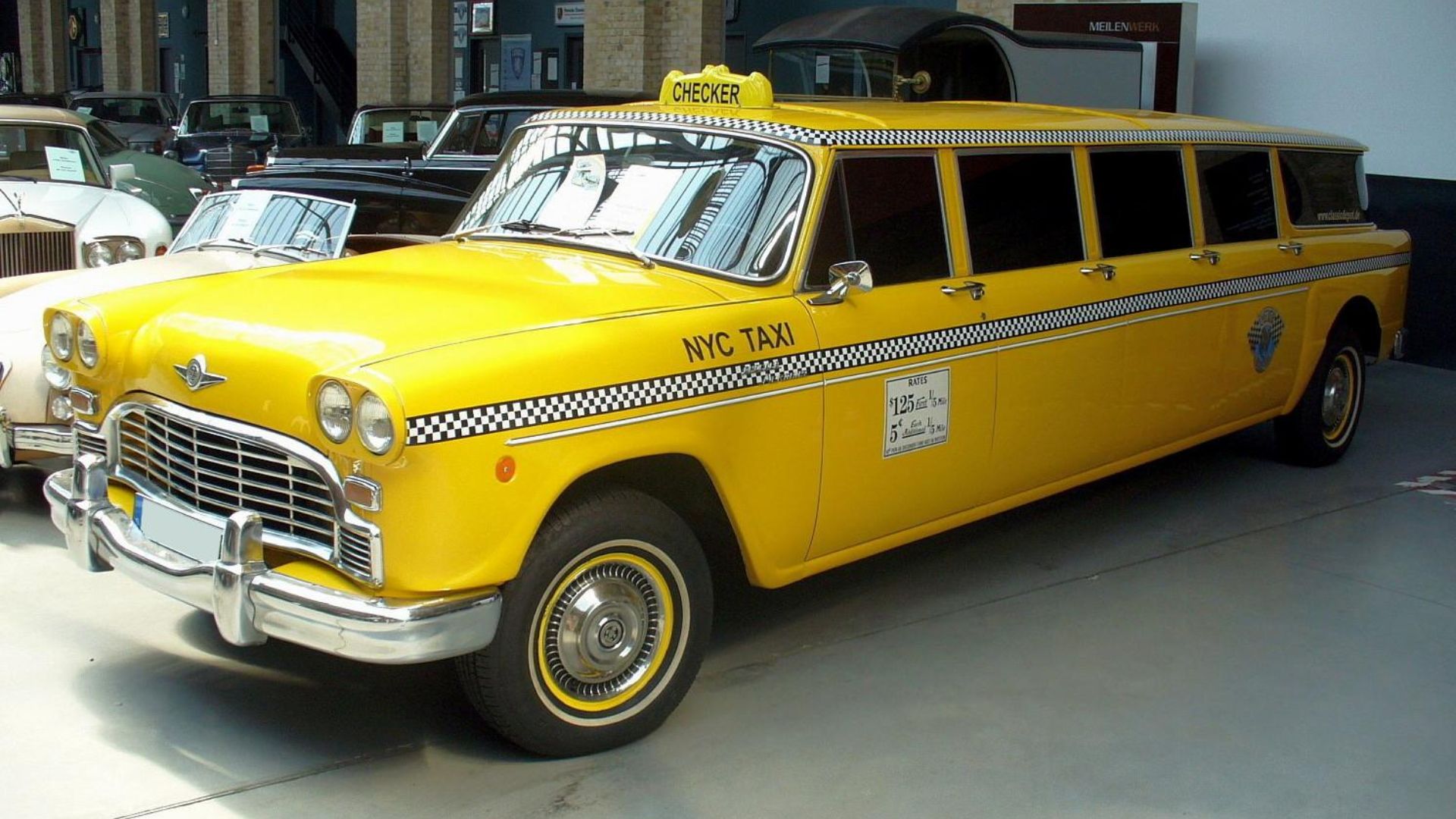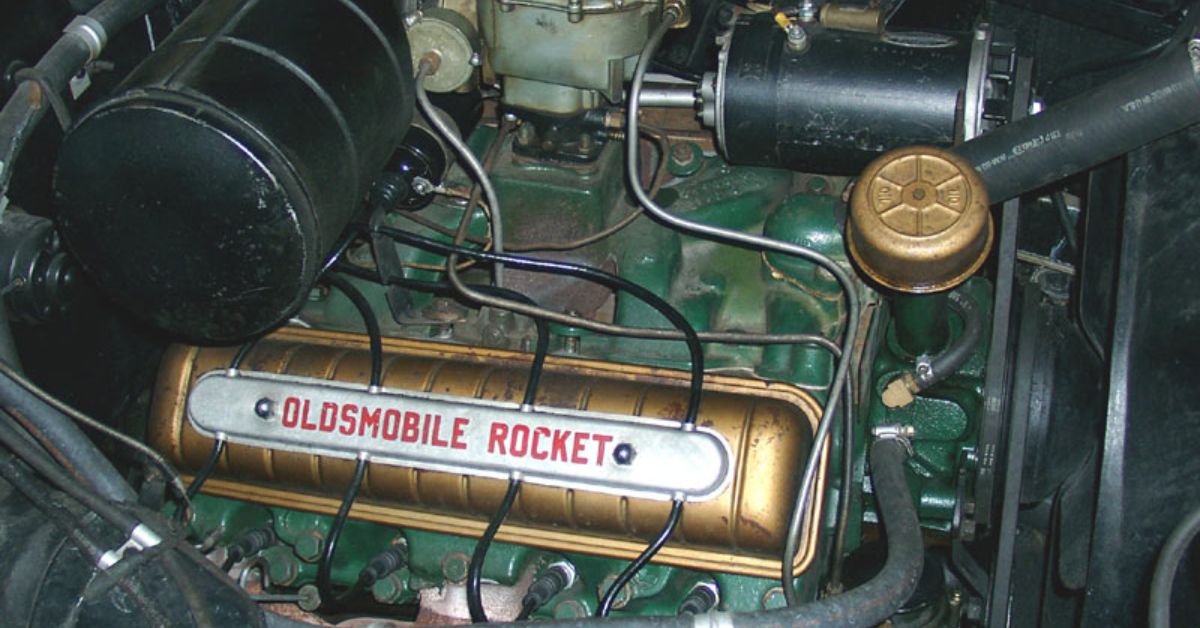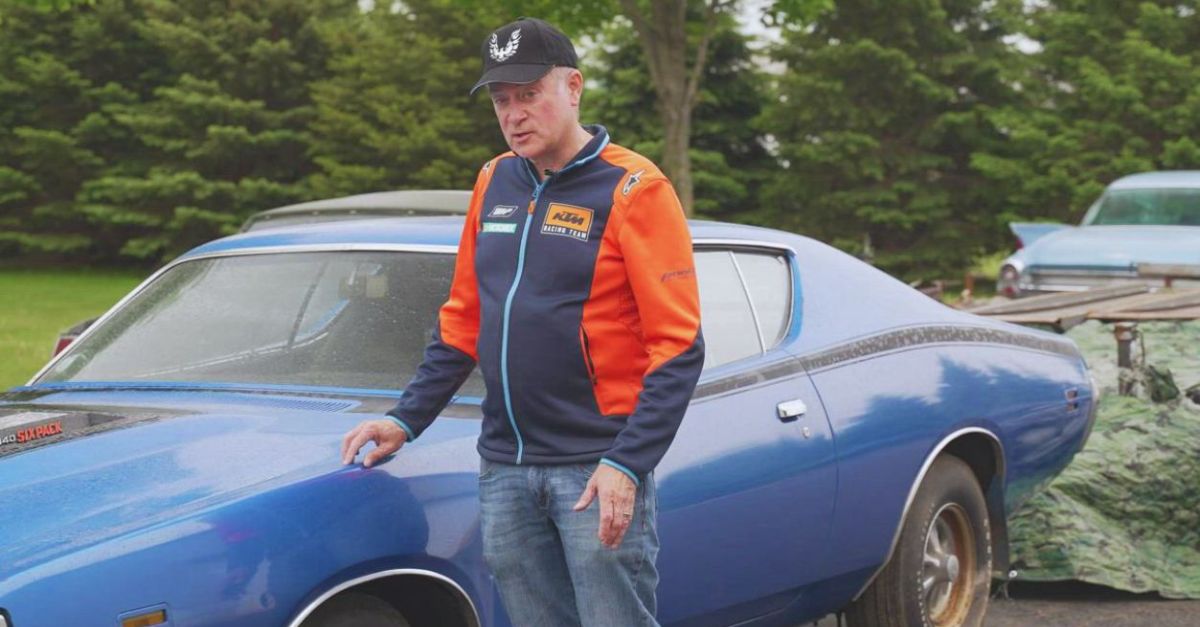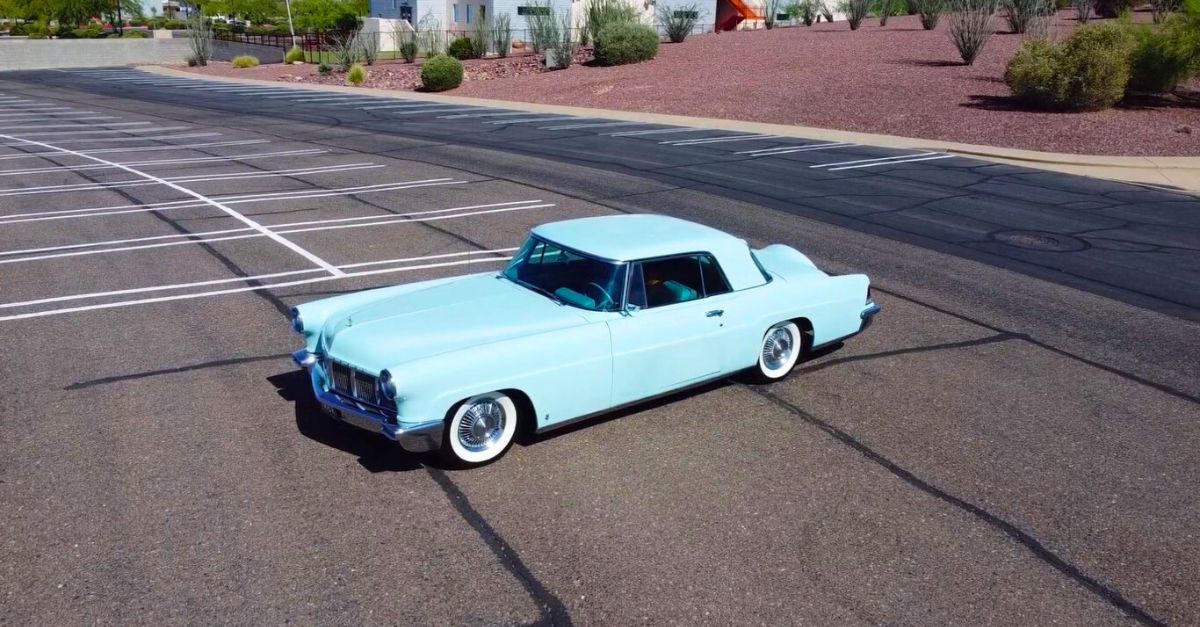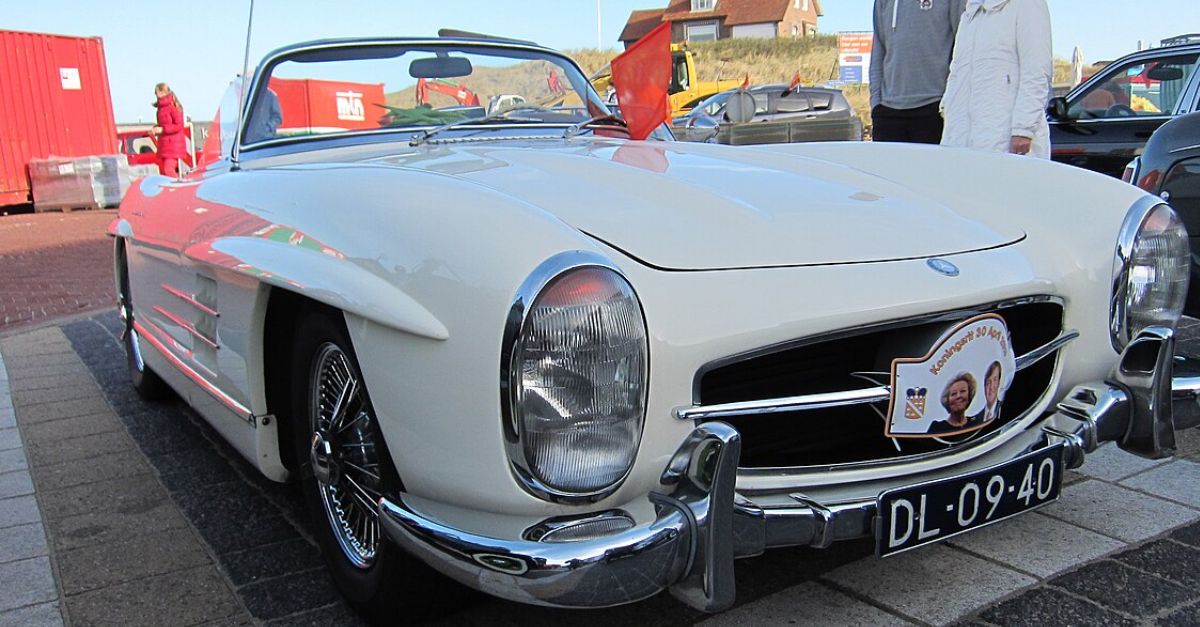The Largest Classic Cars Ever Built
There was a time when cars were built for size and style. Some of these cars had hoods that stretched into next week, and trunks big enough to smuggle a small band.
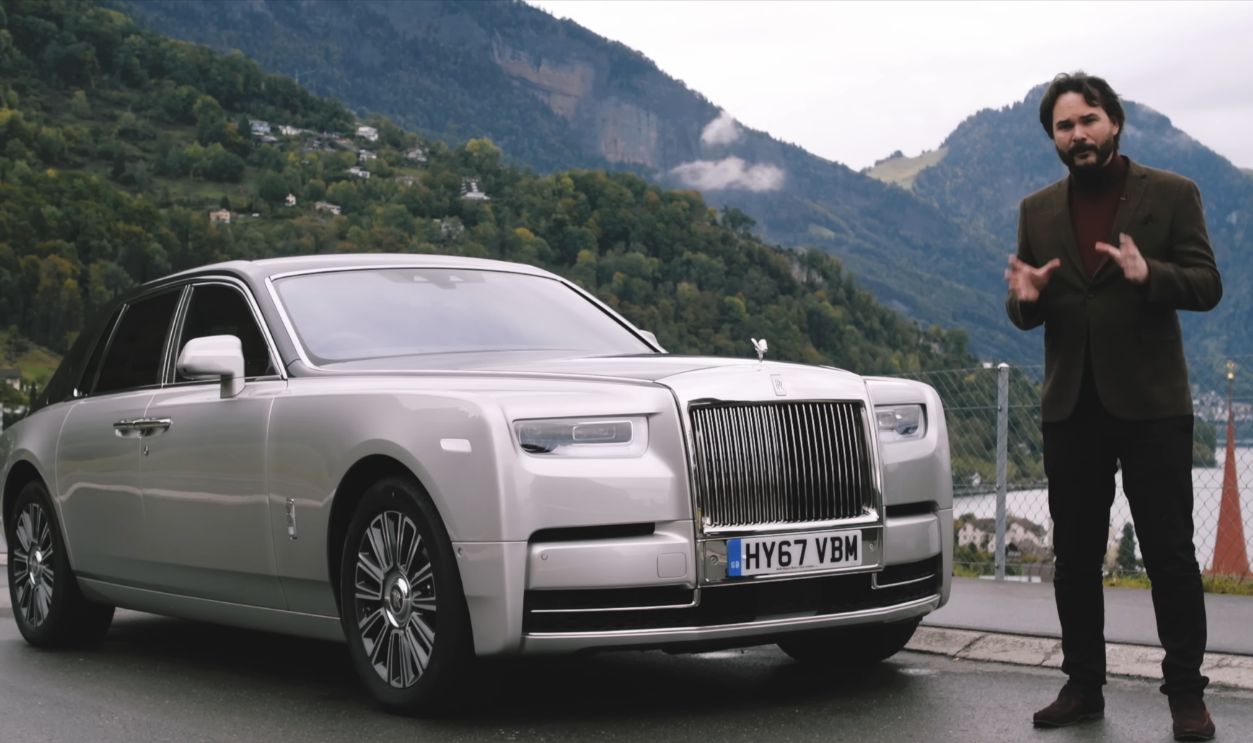
Bugatti Type 41 "Royale" (1927–33)
The Royale stretched over 21 feet and pushed the limits of luxury design. With a 12.8-liter straight-eight designed for aircraft, this machine was longer than some buses and even heavier than a Ford F-450. Yet despite the grandeur, only three were sold. Too bold? Maybe.
Cadillac Fleetwood 75 (1974–76)
One glance and you knew: this wasn't built for quiet errands. Cadillac pushed the Fleetwood 75 to 252.2 inches, which made it the longest sedan America ever mass-produced. Even the bumpers added inches. It took a lot of focus and pavement just to move it around.
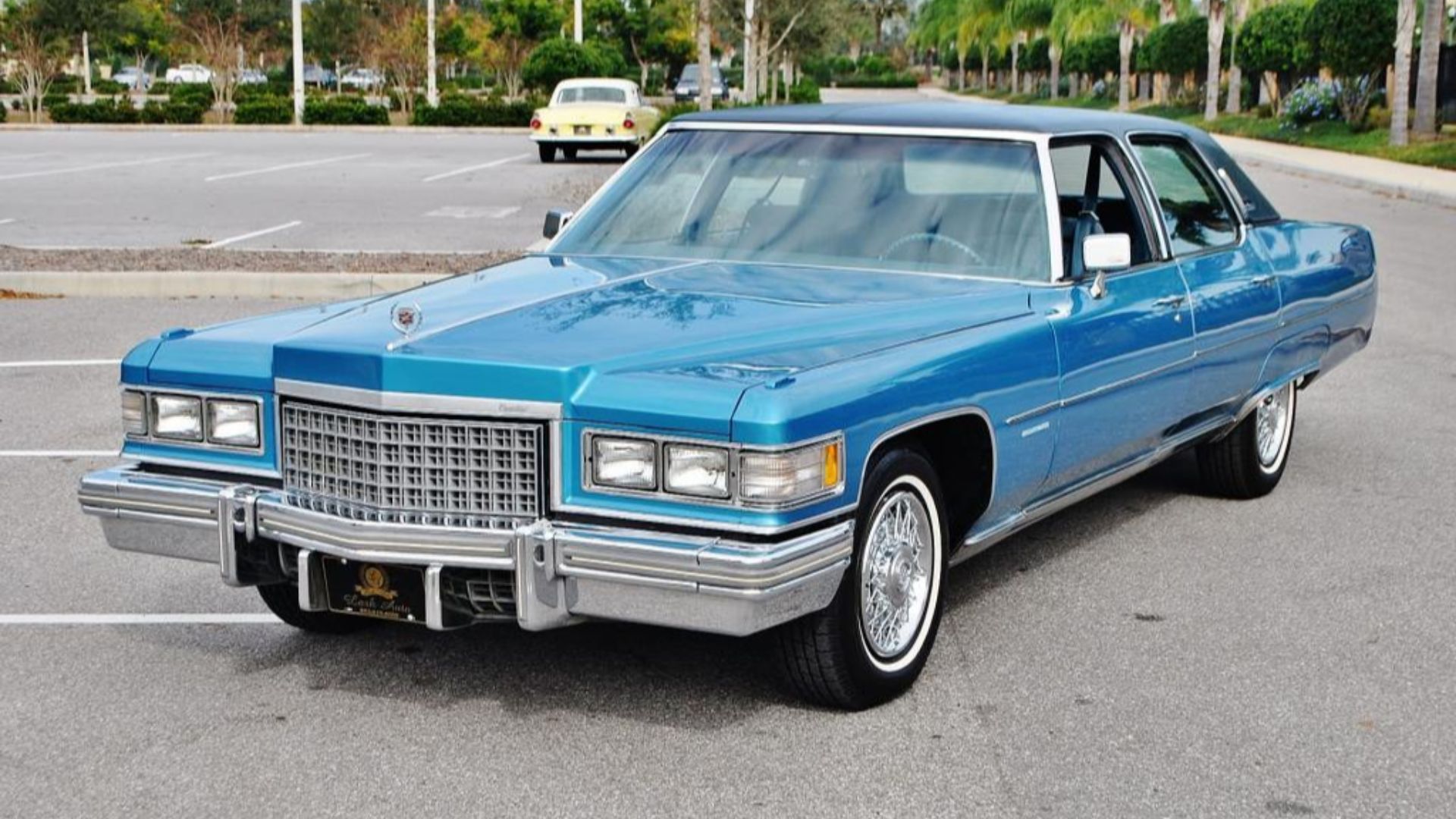 That Hartford Guy, Wikimedia Commons
That Hartford Guy, Wikimedia Commons
1960 Lincoln Continental Convertible
Mass defined this machine. At 5,712 pounds, it became the heaviest American convertible ever built, and naturally, the 430 cubic inch V8 had enough torque to keep it moving smoothly. Those rear-hinged doors always delivered a solid and expensive entrance.
Mercedes-Benz 600 (1963–81)
The engineers went hydraulic, not out of necessity, but to eliminate effort. The doors closed themselves, and the trunks opened at a touch. With over 20 feet of length, “Der Grosser” stood as Germany's boldest limo that ruled red carpets and made headlines with rock stars.
1973 Chrysler Imperial LeBaron
Style arrived with inches to spare. At 235.3 inches long, the LeBaron led Chrysler's luxury line with hidden headlights, massive chrome trim, and a 440 cubic inch engine under its sculpted hood. Its size and design made it the brand’s boldest full-size sedan of the era.
1970 Buick Electra 225
The Electra 225 made its presence known through length and power. Its 225-inch frame earned the nickname “deuce and a quarter,” and a 455 cubic inch V8 delivered 510 lb-ft of torque. That combination gave it serious acceleration for a full-size sedan.
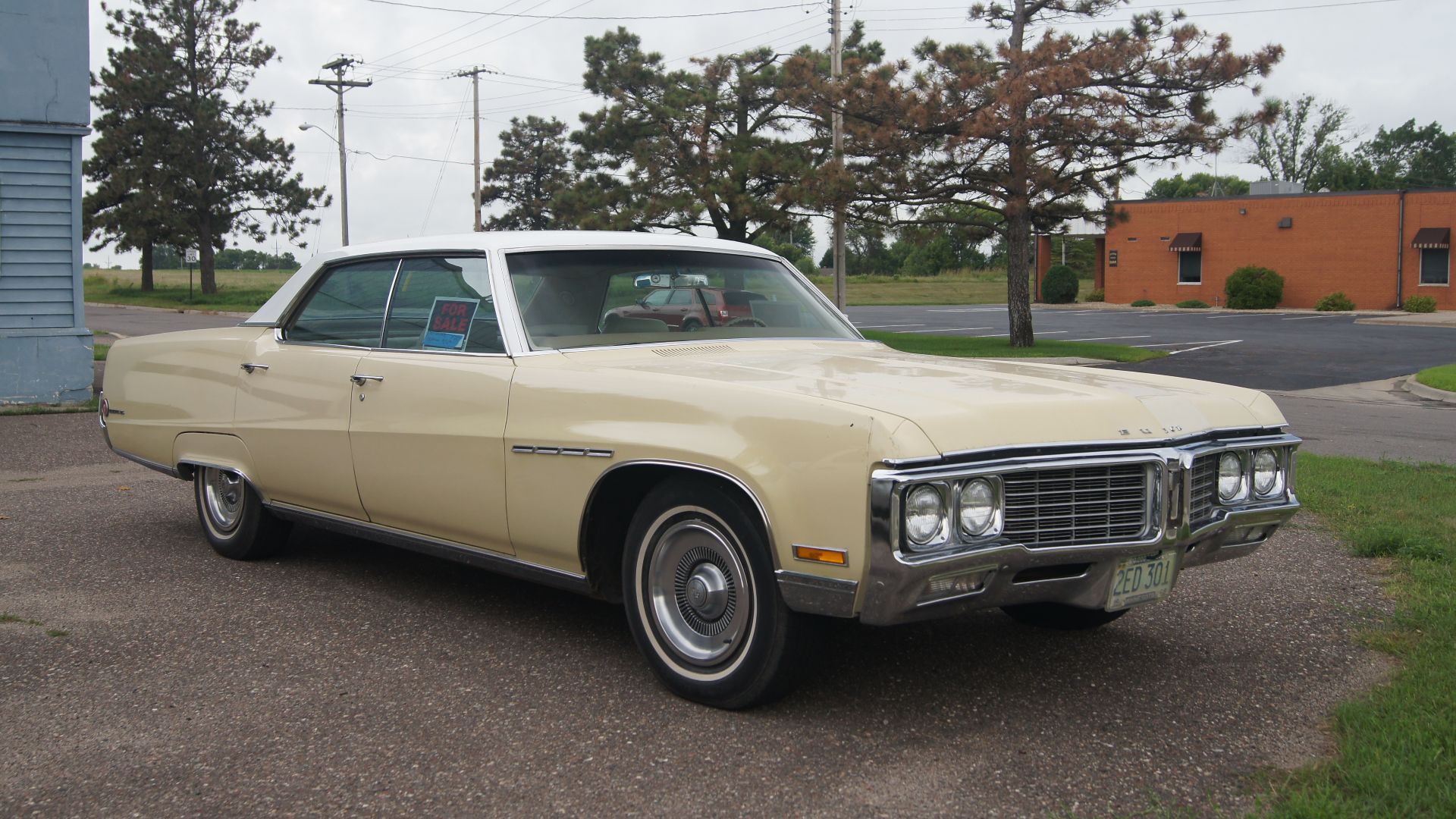 Greg Gjerdingen from Willmar, USA, Wikimedia Commons
Greg Gjerdingen from Willmar, USA, Wikimedia Commons
1977–79 Lincoln Continental Mark V
Lincoln went all in with the Mark V, which measured 230.3 inches to become Ford’s longest two-door coupe. Along the way, special designer editions added gold accents and monogrammed interiors. With a 7.5-liter V8, it delivered strong performance that matched its upscale design.
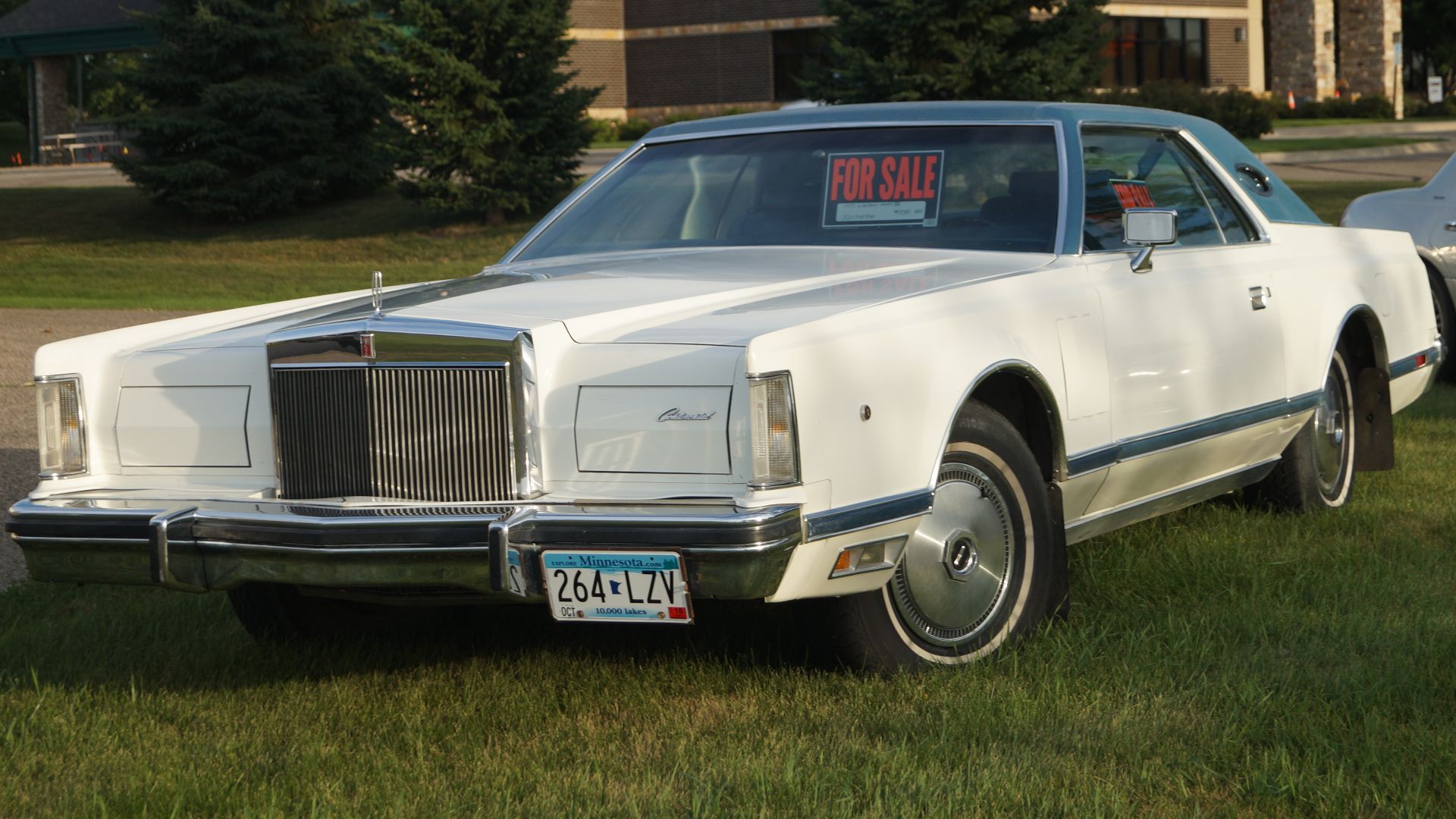 Greg Gjerdingen from Willmar, USA, Wikimedia Commons
Greg Gjerdingen from Willmar, USA, Wikimedia Commons
1959 Cadillac Series 75 Fleetwood
Nothing on the road reached higher, literally. Those iconic tailfins stood nearly four feet off the ground, framing a 244.8-inch body powered by a 390 cubic inch V8. Inside, it seated up to eight passengers, and the overall look and scale made it a favorite for high-profile public events.
Cadillac V‑16 Series (1930–1940)
Wealth during the Great Depression showed itself in steel and scale. That’s why Cadillac's V‑16 came coachbuilt, draped in custom panels, and powered by a 7.4-liter engine. In fact, one Hartmann-bodied version exceeded 22 feet and weighed over 6,600 pounds, like those city buses.
1958 Imperial Crown Southampton
Chrysler went crazy with this one—81 inches across and 226.3 inches long. A 392 Hemi V8 powered the frame, hidden under a hood that rivaled many in length. Meanwhile, the width pushed limits for garage fitment and gave it one of the widest bodies in its class.
1967 Rolls-Royce Phantom V
The Phantom V measured 238 inches and was designed for formal use at the highest levels. It served in royal motorcades and appeared in the garages of music icons. Mulliner Park Ward (the coachbuilder) crafted each body to meet the exact preferences of Rolls-Royce’s elite clients.
1976 Oldsmobile Ninety-Eight Regency
Luxury took its time and plenty of space, like the Regency, which stretched 232.4 inches and rode on velour seats that reflected the high-end interiors of the era. Power came from a 455 Rocket V8, and a personalized plaque reinforced the car’s attention to individual detail.
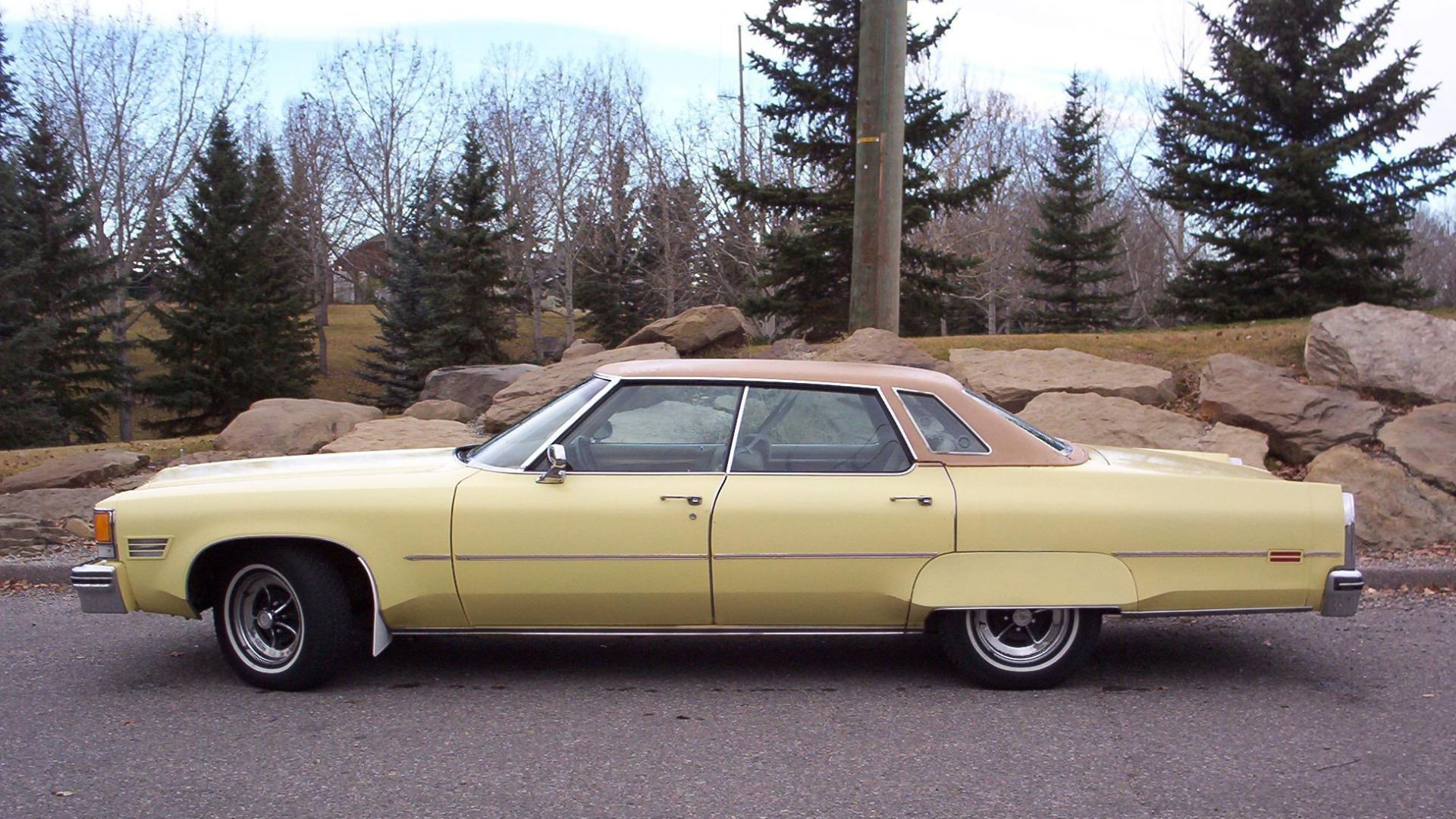 Abodysite at English Wikipedia, Wikimedia Common
Abodysite at English Wikipedia, Wikimedia Common
1928 Mercedes-Benz W08 Nurburg 500
Mercedes laid the foundation for limousine design with the Nurburg 500. Spanning over 17 feet, it introduced the company's first production inline-eight and also debuted the "Pullman" name. From there, that legacy carried into official fleets across Europe, where the layout influenced diplomatic transport for decades.
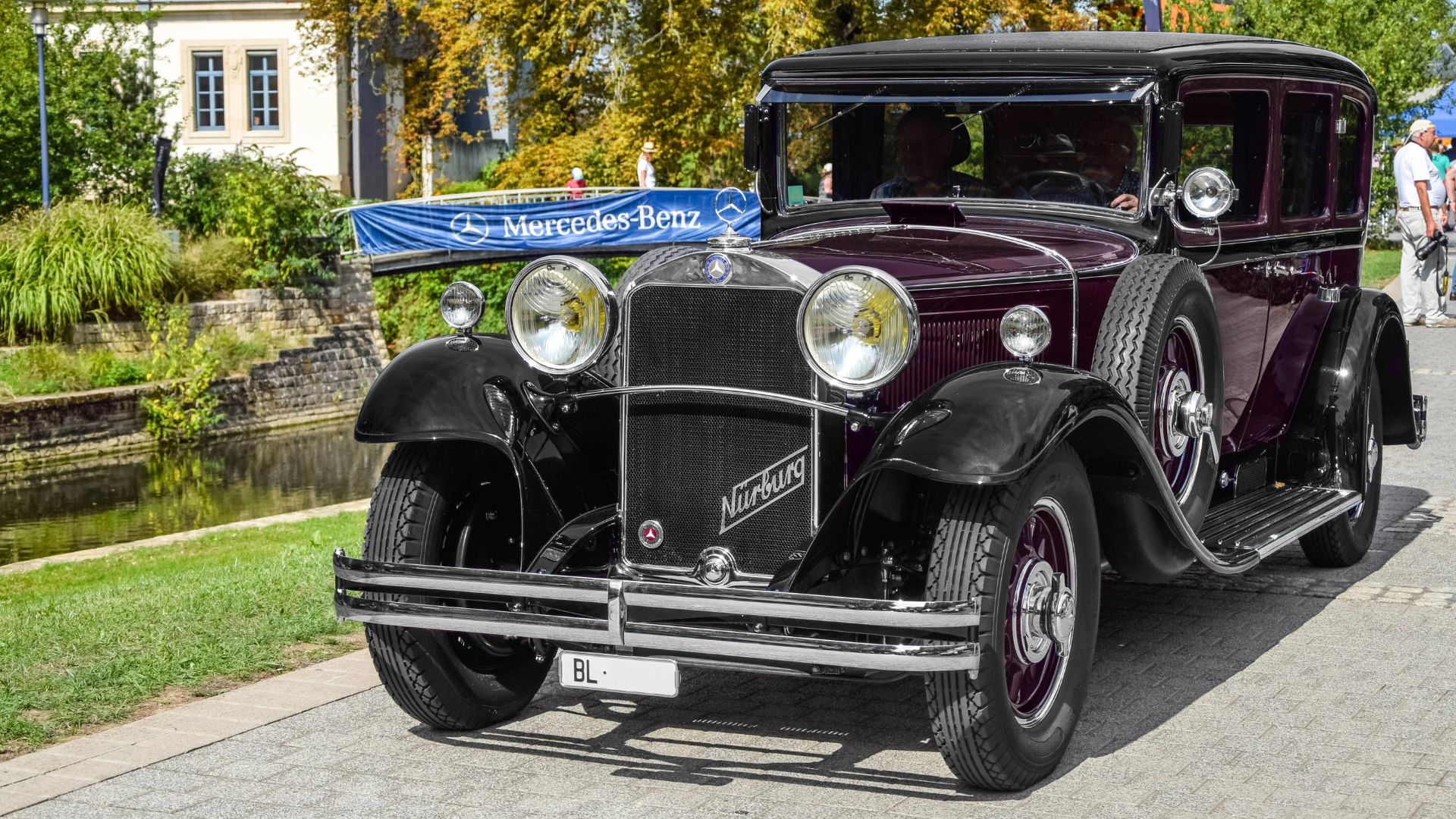 Alexandre Prévot from Nancy, France, Wikimedia Commons
Alexandre Prévot from Nancy, France, Wikimedia Commons
1968 Rolls-Royce Phantom VI
Elegance stretched to 20 feet with the Phantom VI. Built for monarchs and prime ministers, it had a 6.2-liter V8 with coachbuilt refinement. Because each car was custom-ordered, no two were quite alike, though all were designed to meet strict ceremonial standards and diplomatic protocols.
2002 Maybach 62
Length alone didn't define the Maybach 62, but at 242.7 inches, it certainly set the tone. Underneath, a twin-turbo V12 powered the experience, while the rear cabin offered champagne coolers and fold-out tables. You could see that every feature nudged it closer to private-jet territory.
2017 Rolls-Royce Phantom VIII EWB
At 235.8 inches, this Phantom claimed the title of Rolls-Royce's longest production sedan. Inside, details like the fiber-optic starlight ceiling elevated the ride, while rear-seat configurations catered to those who preferred to work or unwind in motion.
1961–63 Lincoln Continental 4-Door Coupe
The roof sat low, the body stretched long, and the doors opened backward. Lincoln's Continental fused proportions with precision—53.5 inches high and nearly 18 feet front to back. It borrowed from the Thunderbird, but what followed was uniquely presidential.
1970 Ford LTD
Big-block muscle met full-size comfort in the LTD that measured 216.9 inches. The car featured engine options like the 429 V8, rated above 350 horsepower, but the ride quality stayed smooth even at scale. This helped it secure family driveways and a commanding spot in sales charts.
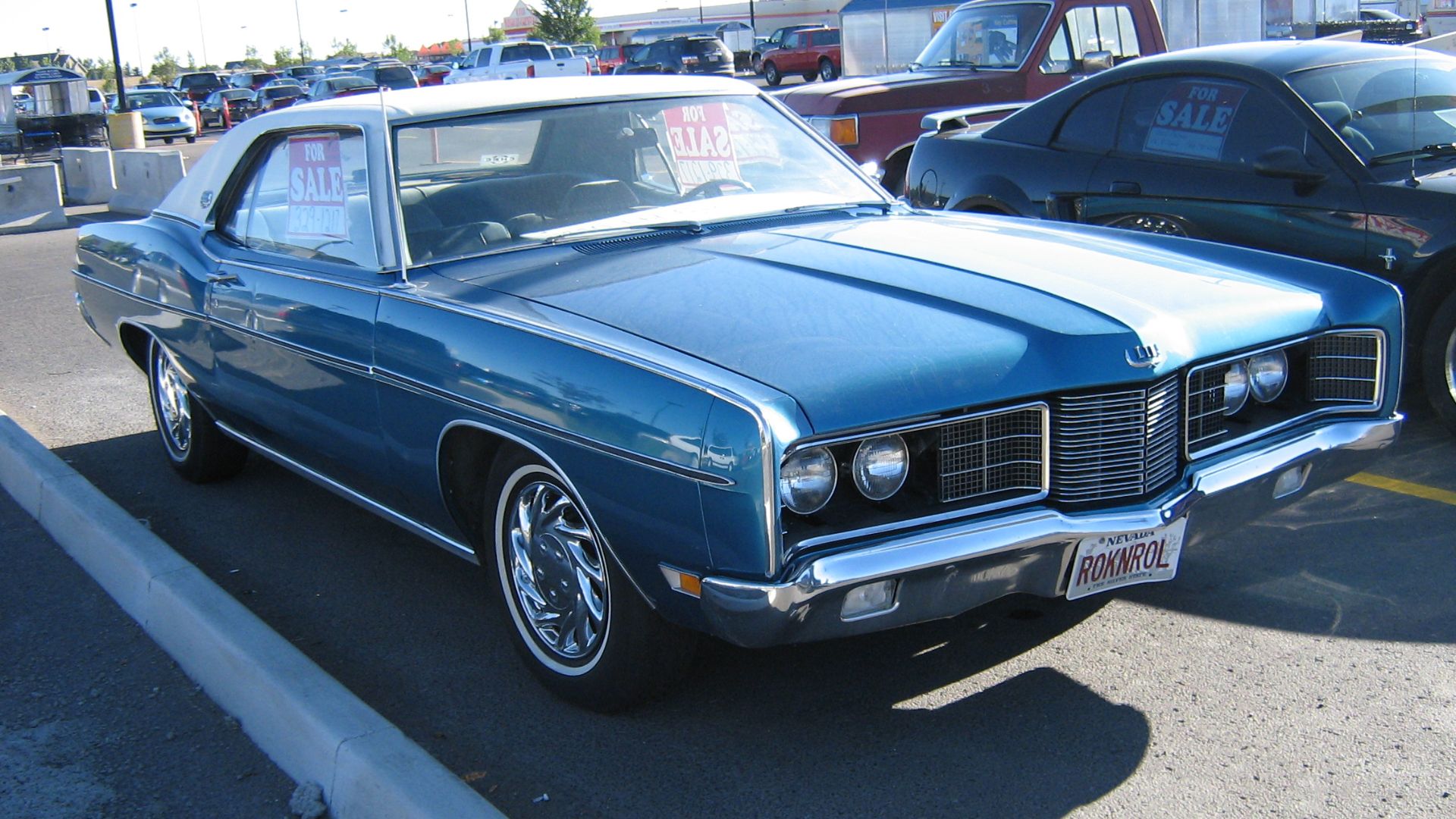 dave_7 from Lethbridge, Canada, Wikimedia Commons1971 Buick Riviera (3rd Gen)
dave_7 from Lethbridge, Canada, Wikimedia Commons1971 Buick Riviera (3rd Gen)
Few cars wore ambition like the Riviera. To match that spirit, Buick gave it a 455 cubic inch V8, then sculpted a dramatic "boat-tail" rear that turned heads for blocks. Across 217.4 inches, every curve suggested motion, even when the car stood perfectly still.
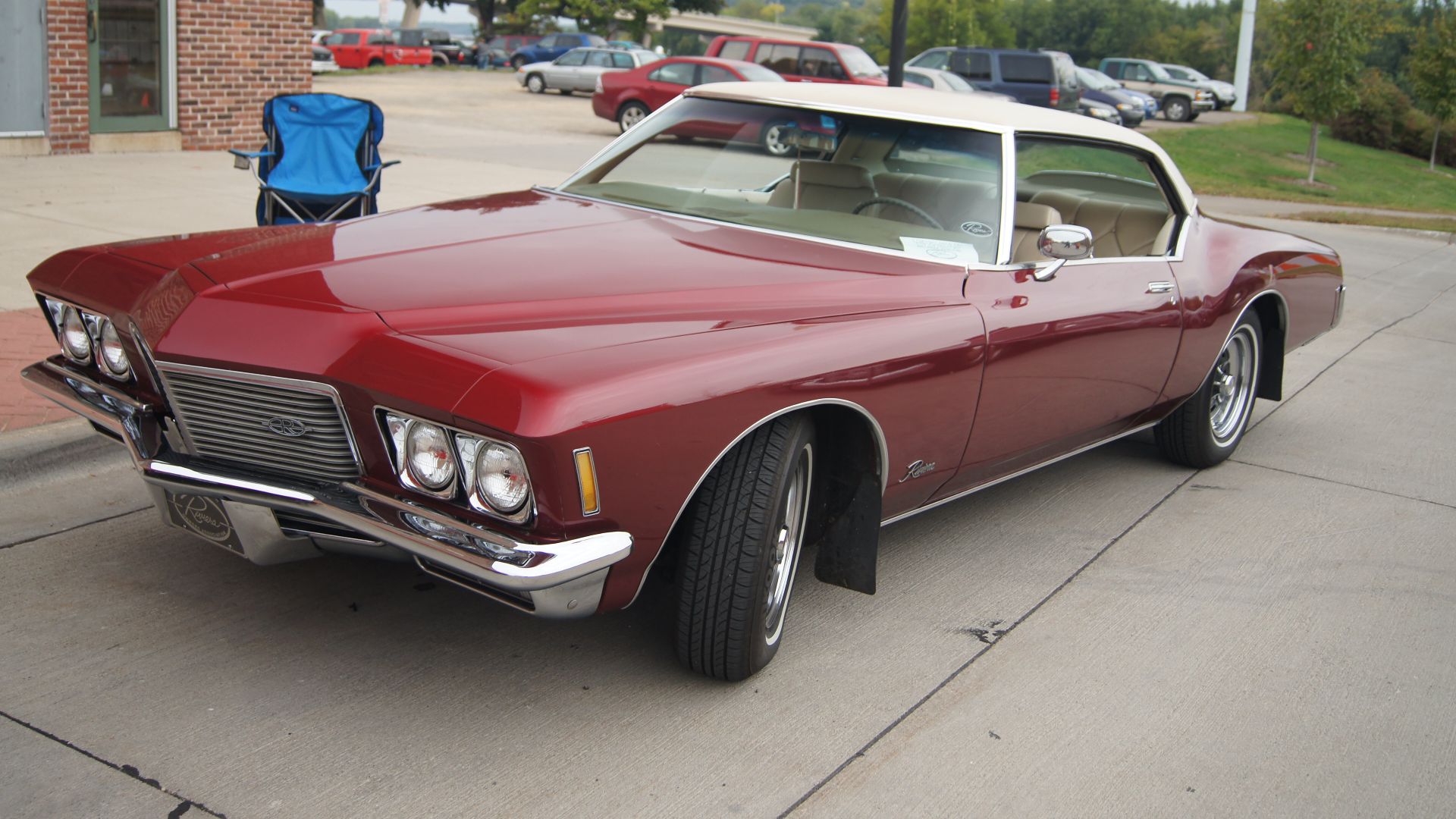 Greg Gjerdingen from Willmar, USA, Wikimedia Commons
Greg Gjerdingen from Willmar, USA, Wikimedia Commons
1963 Dodge Custom 880
This sedan wasn't born from long planning. Actually, it was Dodge's rapid response. Measuring 214.8 inches, it arrived to counter Ford and GMC's growing fleets. With a 6.3-liter V8 available, it delivered the size and strength Dodge needed to stay in the race.
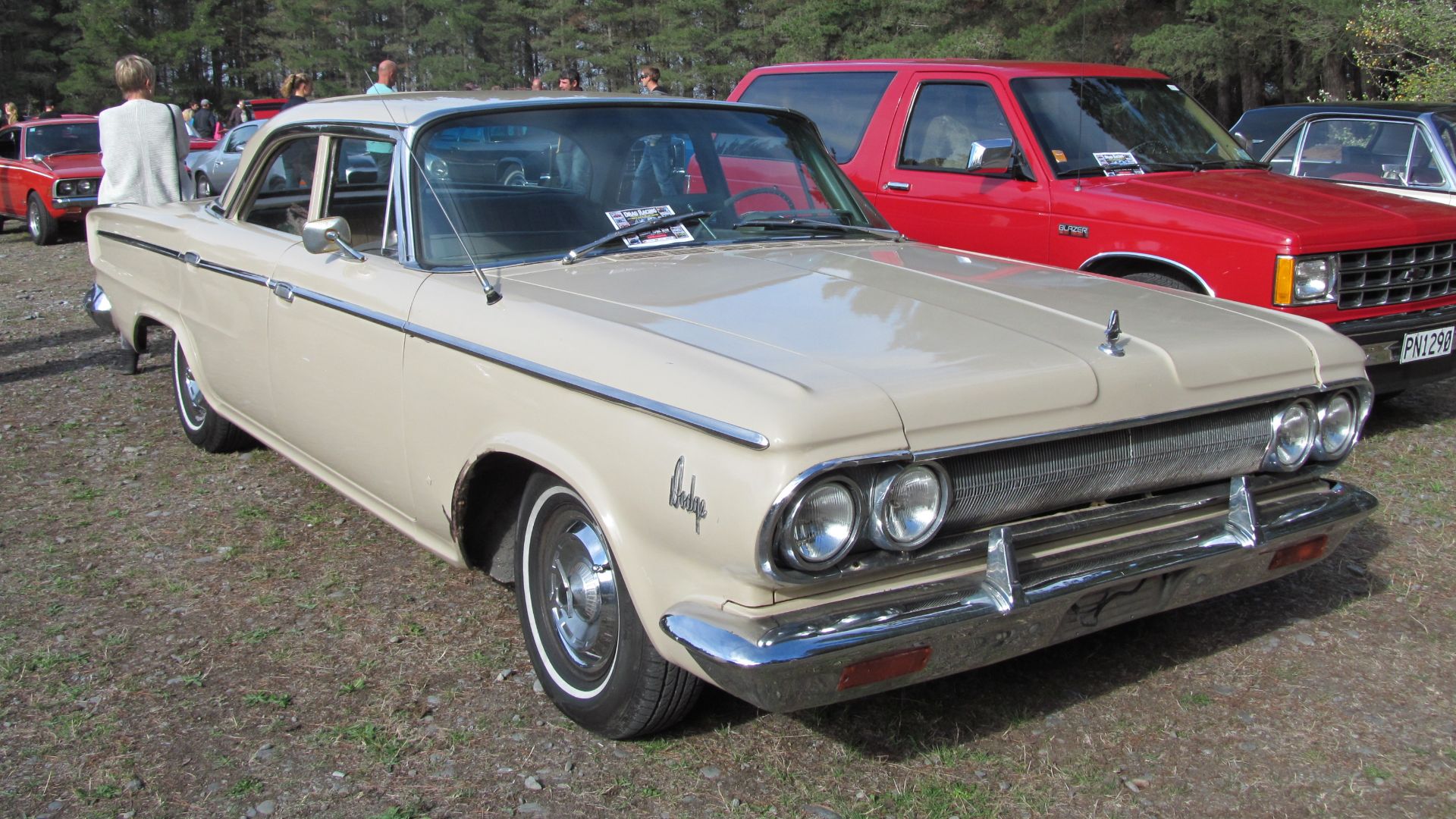 Riley from Christchurch, New Zealand, Wikimedia Commons
Riley from Christchurch, New Zealand, Wikimedia Commons
1939 Packard Twelve (1707/1708 Series)
Prestige arrived quietly, but power was close behind with this one. The Packard Twelve featured a 7.8-liter V12 and weighed over 5,800 pounds. At up to 225.8 inches long, it offered 14 factory body styles, each tailored to wealthy buyers with a taste for distinction.
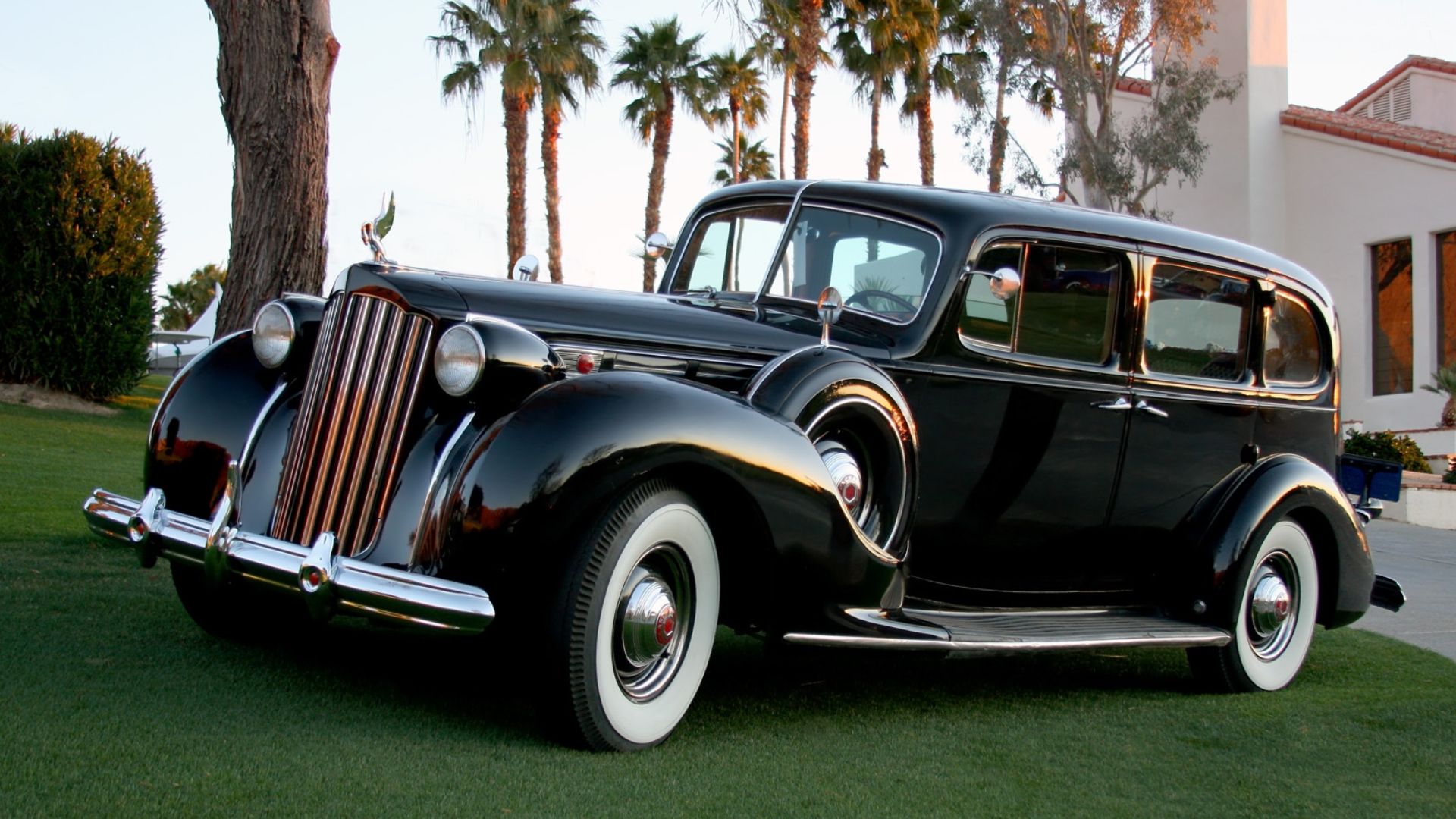 Rex Gray from Southern California, Wikimedia Commons
Rex Gray from Southern California, Wikimedia Commons
Mercedes-Benz 770 “Grosser” (1938–44)
Every inch of the 770 meant authority. As it stretched beyond 21 feet and tipped the scales at over 9,000 pounds when armored, the machine served world leaders who needed both elegance and endurance. Meanwhile, its supercharged inline-eight ensured nothing slowed the procession.
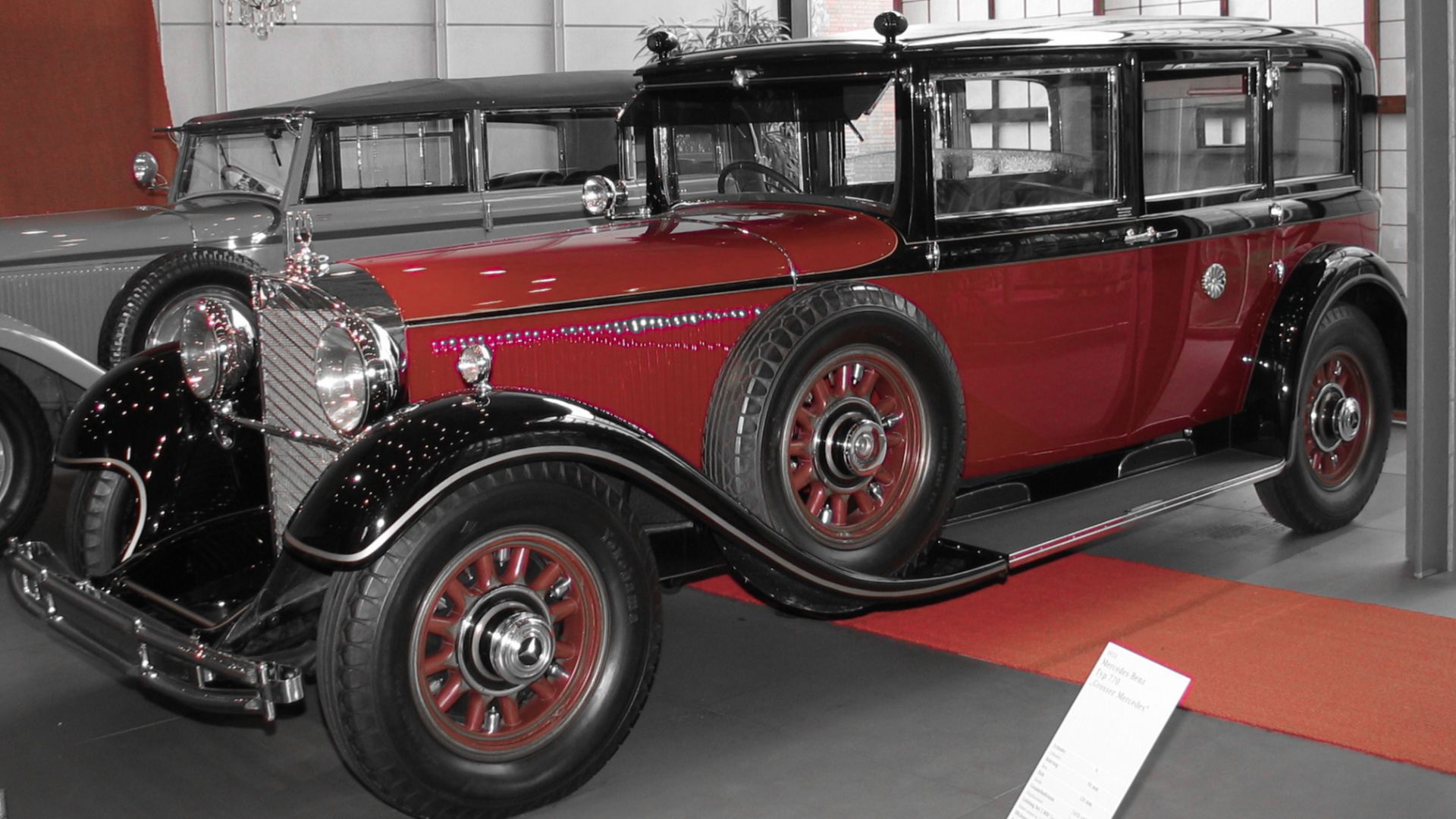 Thomas Vogt from Paderborn, Deutschland, Wikimedia Commons
Thomas Vogt from Paderborn, Deutschland, Wikimedia Commons
Bentley 8 Litre (1930–32)
First came the engineering—a smooth 8-liter inline-six that delivered silent strength. Then, what followed was grandeur. With wheelbases up to 156 inches and bespoke coachwork, each example carried status with unmistakable precision. On the road, top speeds near 100 mph made it Bentley's fastest car at the time.
Mercedes-Benz 540K Autobahn-Kurier (1938–39)
The 540 K's 5.4-liter supercharged engine worked alongside aerodynamic curves across nearly 17.5 feet of body. Designed for Germany's autobahns (motorways that allow high-speed driving), it combined long-distance composure with sculpted bodywork beautifully.
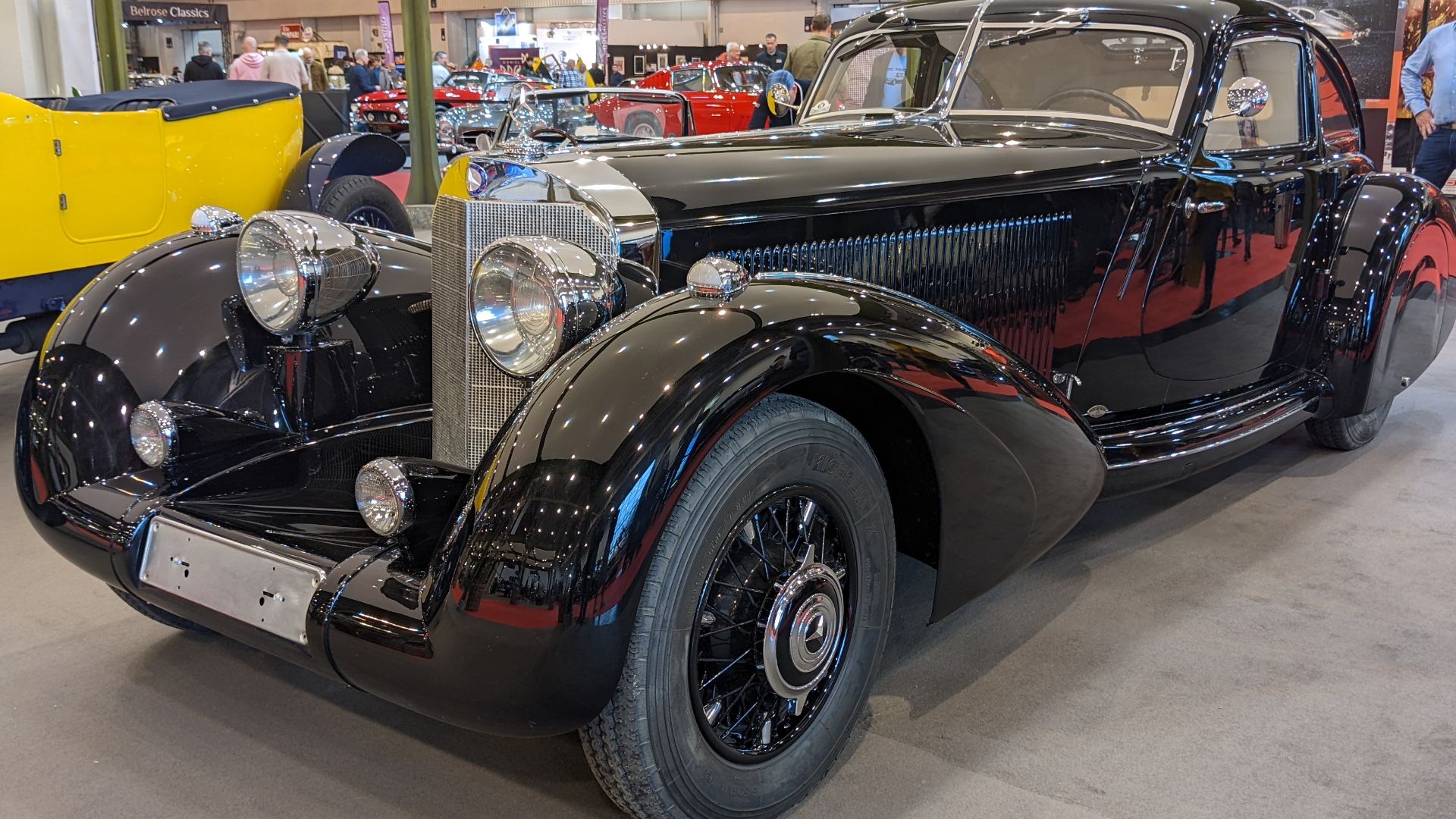 Thomas Vogt from Paderborn, Deutschland, Wikimedia Commons1965 Checker Aerobus
Thomas Vogt from Paderborn, Deutschland, Wikimedia Commons1965 Checker Aerobus
Built to stretch, the Aerobus reached 269 inches and held up to 12 passengers. To make it happen, Checker turned its Marathon taxi into a rolling shuttle, switching to a 327 V8 in 1965. With multiple doors per side, it quickly found favor at airports and parades alike.34


